The promise of institutional adoption and the inflow of institutional players into the crypto playground officially commenced with the SEC's approval and consequent announcement of a Bitcoin ETF.
While that seems like years ago (even though it was just last year), the events and circumstances that shaped up right after, in the disguise of adoption, such as celebrities launching memecoins, the president and his family legalizing on-chain crime, etc., has been nothing short of worrying for those who genuinely care about the future of this industry.

For crypto to triumph, things need to get pretty serious on the serious front, and fast.
Thankfully, we are beginning to see promising trends that signal that there’s still some iota of serious business in the arena, especially around stablecoin adoption and innovation and the tokenization of real-world assets.
With each passing hour, stablecoins cement their spot as crypto’s biggest export, acting as a borderless, cashless, and transparent on-chain alternative settlement mechanism to traditional fiat currencies.
On the other hand, the tokenization of real-world assets such as financial instruments, commodities, IP, etc., is growing explosively, so much that expectations estimate the growth figure to touch $30 trillion worth of tokenized RWAs on-chain by 2034.
Big players such as Franklin Templeton and BlackRock have stepped into the fray of tokenization with the Bitcoin and Ethereum ETFs, bringing along a bunch of new minting in tradfi monies on-chain.
The romance between stablecoins, real-world assets, and institutional players is getting stronger, and there is no doubt that as things progress and demand grows even larger than it is today, questions around infrastructure, technical know-how, security, and even profitability or yield will begin to take centre stage.
To address these questions and close the infrastructural gap in terms of efficient rails for both market segments, two major players, Ethena on the stablecoin front and Securitize on the RWA scene, are coming together to provide an efficient rail that takes advantage of the interpolation between both market segments (stablecoins and RWAs).
It is called Converge and will be a settlement layer for TradFi and digital dollars.
However, before we dive into the details of how this new product will function, how it is designed, or what it is entirely about, let’s first demystify the founding parties.
What is Ethena?
Ethena is a DeFi protocol on Ethereum that creates a synthetic stablecoin called USDe.
This stable is pegged 1:1 to the US dollar and is backed by crypto assets, such as Bitcoin, ETH, and staked ETH
Now, before all of your warning alarms begin to go off, there’s a unique approach to Ethena that has made it accrue a total value of $5 billion in the shortest time ever for a decentralized, on-chain stablecoin.
Ethena uses a delta-neutral strategy to maintain its peg while avoiding the risks of centralized exchanges (See timestamp “4:36” of this blocmates Podcast).
The way it works is that users mint USDe with the accepted crypto assets, i.e., ETH, stETH, USDT, and BTC. In turn, Ethena opens a corresponding short position on these assets on centralized exchanges, thereby maintaining the peg of the USDe by safeguarding volatility.
What makes Ethena interesting is that its stablecoin allows users to earn yield. The yield comes from rewards accruing to the USDe’s underlying yield-bearing reserve assets, such as stETH, and funding rates (a rebate paid between long and short positions interchangeably according to market conditions).
To access Ethena’s yield, users deposit the minted USDe and receive a staked version as sUSDe.
Additionally, Ethena further decentralizes the protocol through its governance token, ENA, allowing holders to participate in key decisions that shape the protocol, such as removing or adding reserve assets.
What is Securitize?
Securitize is a real-world asset tokenization protocol/vehicle acting as a gateway for institutional players to access increasingly liquid and efficient assets like real estate, bonds, private equity, debt instruments, and much more on-chain.
Securitize tokenizes RWAs on-chain (chain-agnostic) while providing access to a native or partner platform for trading these tokenized RWAs. It also goes beyond this to open the door to institutional investors seeking to come on-chain while offering fund management services in tandem.
Securitize has a bit of a twist, particularly regarding functioning as a regulated entity. However, the logic is permissible. Compliance is needed to drive institutional adoption of crypto’s infrastructure through RWAs at scale.
To this end, Securitize is a registered securities entity and operates using KYC/AML compliant practices. At the moment, Securitize has tokenized over $4 billion worth of RWAs, has an impressive portfolio of clientele that includes BlackRock, KKR, and Hamilton Lane, and has spread its tentacles across DeFi platforms.
What is Converge?
Converge is a high-performant EVM/WASM-based network built with cross-language (RUST, C++, Solidity) composability and powered by a decentralized Converge Validator Network (CVN) utilizing Ethena’s staked ENA (sENA) for security.
Converge is what happens when two giants with almost $10 billion in AUM (Ethena & Securitize) converge to build a tech-driven network infrastructure that will power institutional adoption.
In other words, Converge is built on top of USDe, ENA, and Securitize-issued tokenized RWAs and made functional through a tri-model modular approach to infrastructure.
Converge's goal is to onboard institutional capital onto an efficient network that combines RWAs and DeFi, opening the door to a plethora of opportunities and exotic primitives.
To better understand Converge, let’s examine its approach to building this infrastructure.
Converge’s tri-model modular architecture
Converge adopts a tri-model modular approach to its architecture, optimizing for reliability, efficiency, and performance.
This includes utilizing Arbitrum, Conduit, and Celestia’s infrastructure to build a sturdy, proficient network. It’s important to note that this choice prioritizes tech purity and quality over all other aspects.

Using Arbitrum as the execution layer, Converge will be able to settle transactions on Ethereum while leveraging the smooth user experience of the Arbitrum Orbit stack. Through Arbitrum, Converge is in a position to implement the use of USDtb and USDe as gas tokens, increasing usability by a mile.
Converge will utilize Conduit to roll out a new custom sequencer, called the G2 sequencer, which is designed to make the network much faster and more efficient.
At launch, it will be able to handle a huge number of transactions every second (100 million Mgas/s), and it’s being built to scale even further over time.
Converge’s custom G2 sequencer allows many tasks to run simultaneously rather than one after another, which helps Converge support the large amount of activity it expects from users and applications.
On the data availability front, Converge recognizes the current superiority of alt-DA, hence its choice to integrate with Celestia. Nonetheless, as Ethereum continues to scale towards increasing blob space, Converge will adapt to achieve incremental efficiency.
The Converge Validator Network (CVN)
The Converge Validator Network (CVN) extends the capabilities of Ethena’s ENA token from governance to security and economic incentivization.
As we mentioned earlier, the CVN will be powered by staked ENA (sENA) and will be responsible for securing the Converge Network. The CVN will intervene in situations where users' funds are at risk due to bad actors or attempts at bridge exploits.
The CVN will also mitigate double signing risks through block attestation as well as act as a stop-gap against MEV attacks, faulty contracts, oracle breaches, and other security threats.
It doesn’t stop there. The CVN will be involved in governance, reviewing proposals, coordinating emergency upgrades alongside stakeholders, and creating time locks for more sensitive upgrades.
To earn a share of Converge’s transaction fees, users will have to stake their ENA and delegate it for validation.
The opportunity to earn from the potluck of CVN transaction fees is not exclusive to validators alone. Civilian users and operators who delegate will also earn a share of the fees.
Further nuances
One of the most interesting aspects of Converge is how the character of its founding parties is reflected in the way the network operates. Ethena, for instance, functions as a permissionless, decentralized on-chain stablecoin protocol, while Securitize takes a more permissioned approach to RWAs.
On Converge, there is support for both sides. Both permissioned and permissionless applications can be built on top of the network.
Both existing applications and new ones can be deployed on Converge, irrespective of their design.
Converge will support the development of new primitives built on top of Ethena and Securitize’ assets . This opens the door to a diverse range of sophisticated and exotic applications that will exist on Converge.
Some applications, such as Aave, Morpho, and Pendle, are ready to deploy on day one with their permissioned and permissionless products. Other permissioned products, like Securitize tokenized assets and Ethena’s upcoming iUSDe, will also be available on Converge, creating a comprehensive platform capable of dominating.

Another aspect of all of this is that Converge isn’t the only product in the works regarding Ethena. The protocol is also developing a perpetual decentralized exchange called Ethereal, which will own its block space through an optimized custom sequencer while posting proofs to Converge.
Ethereal is being developed as a native product, leveraging Converge for enhanced performance. The goal is to create a platform capable of rivaling existing on-chain perp DEXes with the capability to function at a CEX-like level of throughput and latency via optimistic matching preconfirmations.
At full working capacity, Ethena expects Ethereal to be capable of efficiently executing 1 million orders per second and 2,000 on-chain trades per second.
Writer’s thoughts
While the Convergence team has clearly stated that the protocol will not have a native token, there’s no denying its potential, especially given the combined strength of its Ethena and Securitize foundations.
There’s an obvious opportunity to participate in what will undoubtedly be an ecosystem flowing with milk, honey, interesting primitives, app-level incentives, and much more.
Ethena’s experience on the stablecoin end combined with Securitize’s network of sophisticated institutional clients and partners creates the perfect romcom for a flourishing RWA & DeFi convergence.
Right now, those who can sniff out the opportunity are quietly accumulating the obvious, while others are watching to see which apps light up the radar.
Either way, both camps will need to wait; a few more weeks for testnet, and a few more months before Converge goes live.






%20(1).webp)
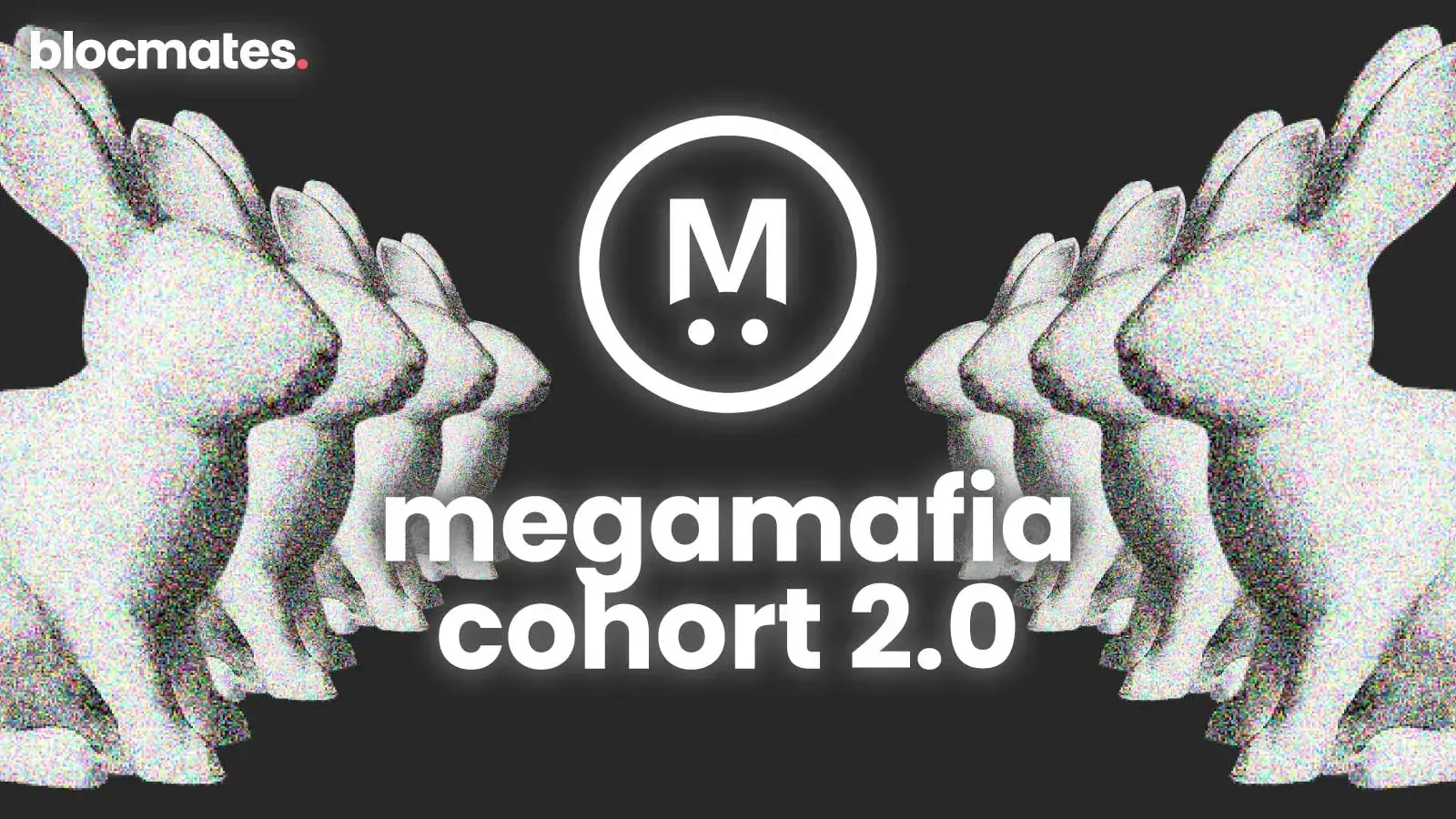




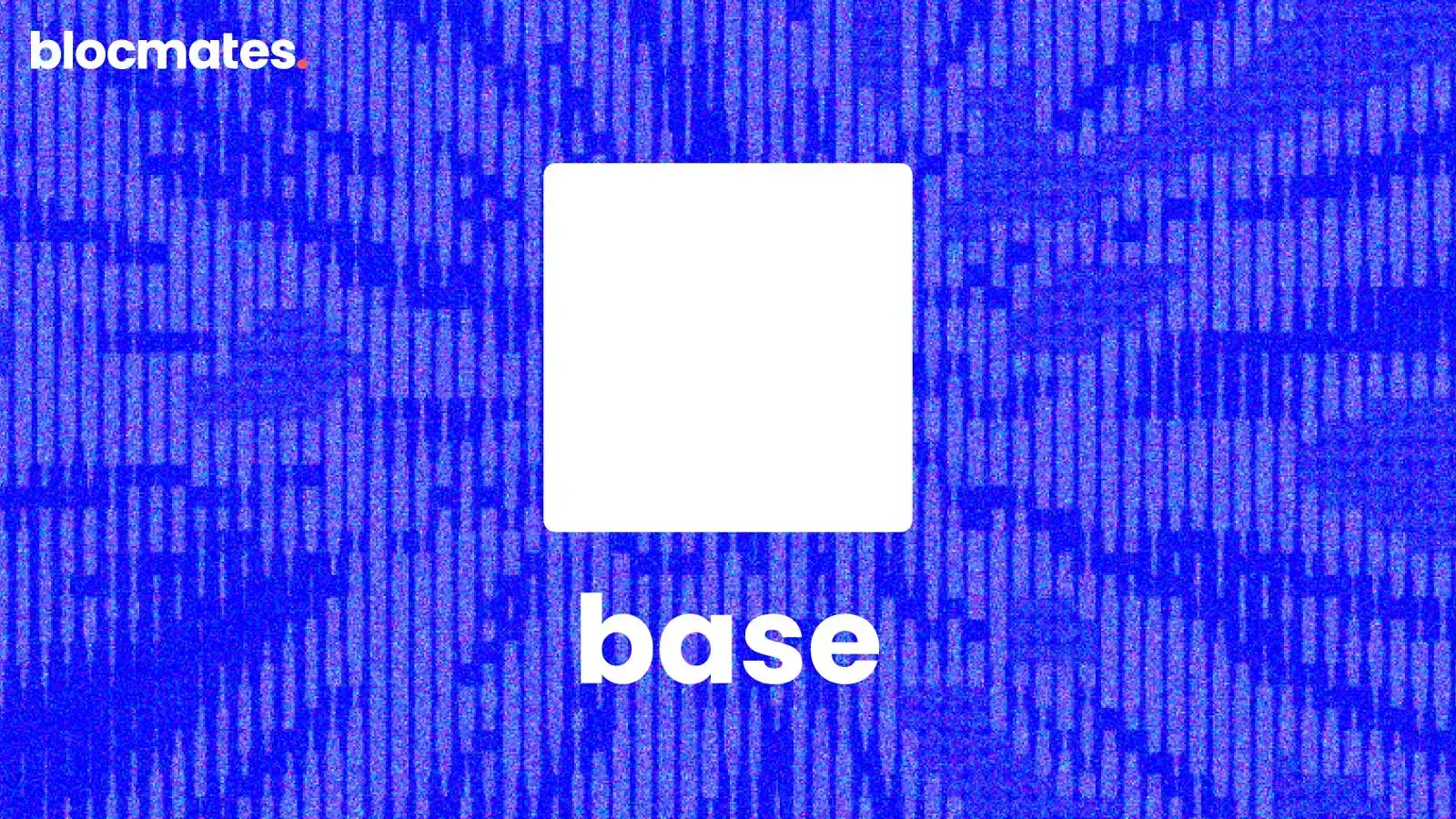
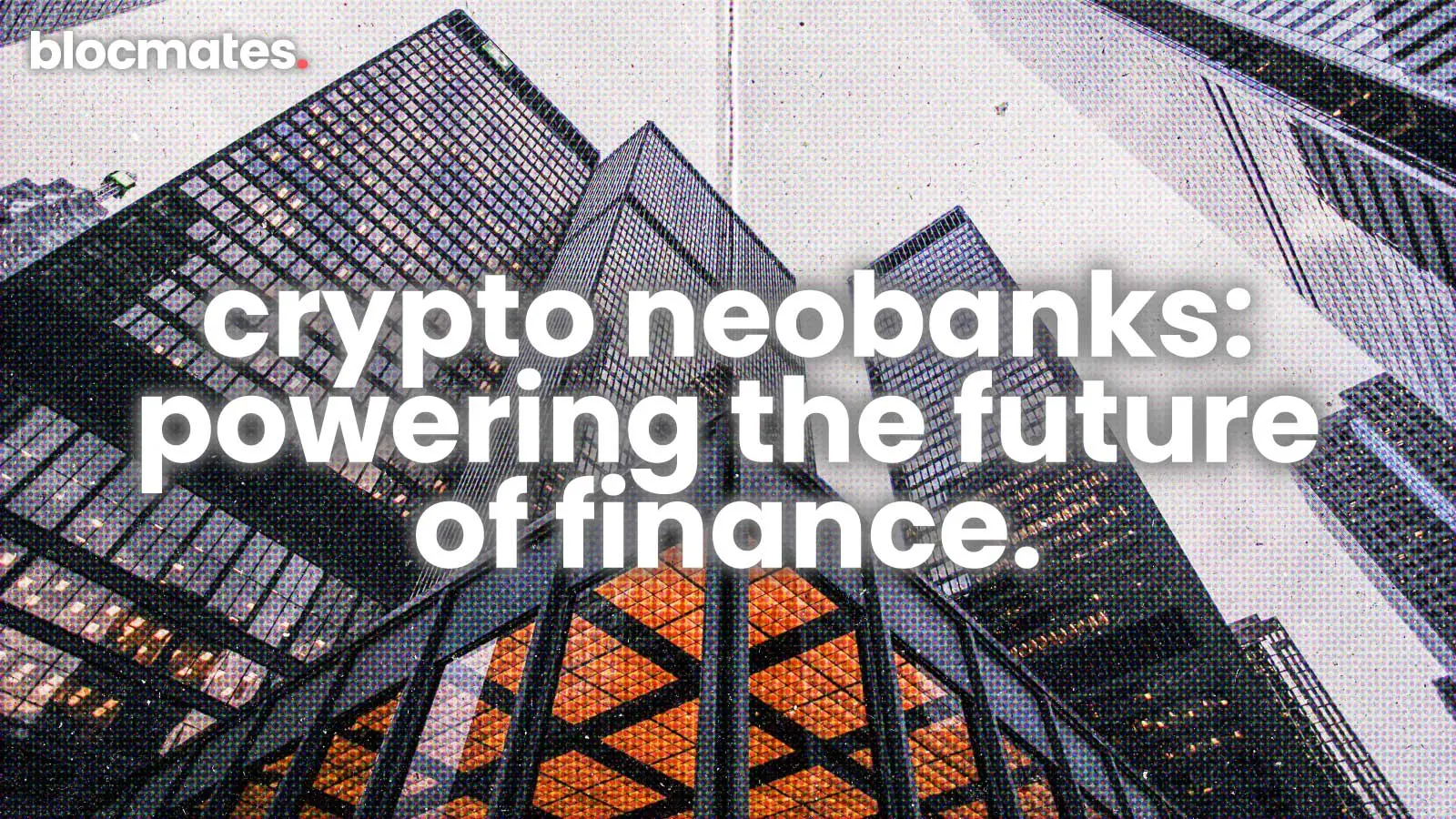


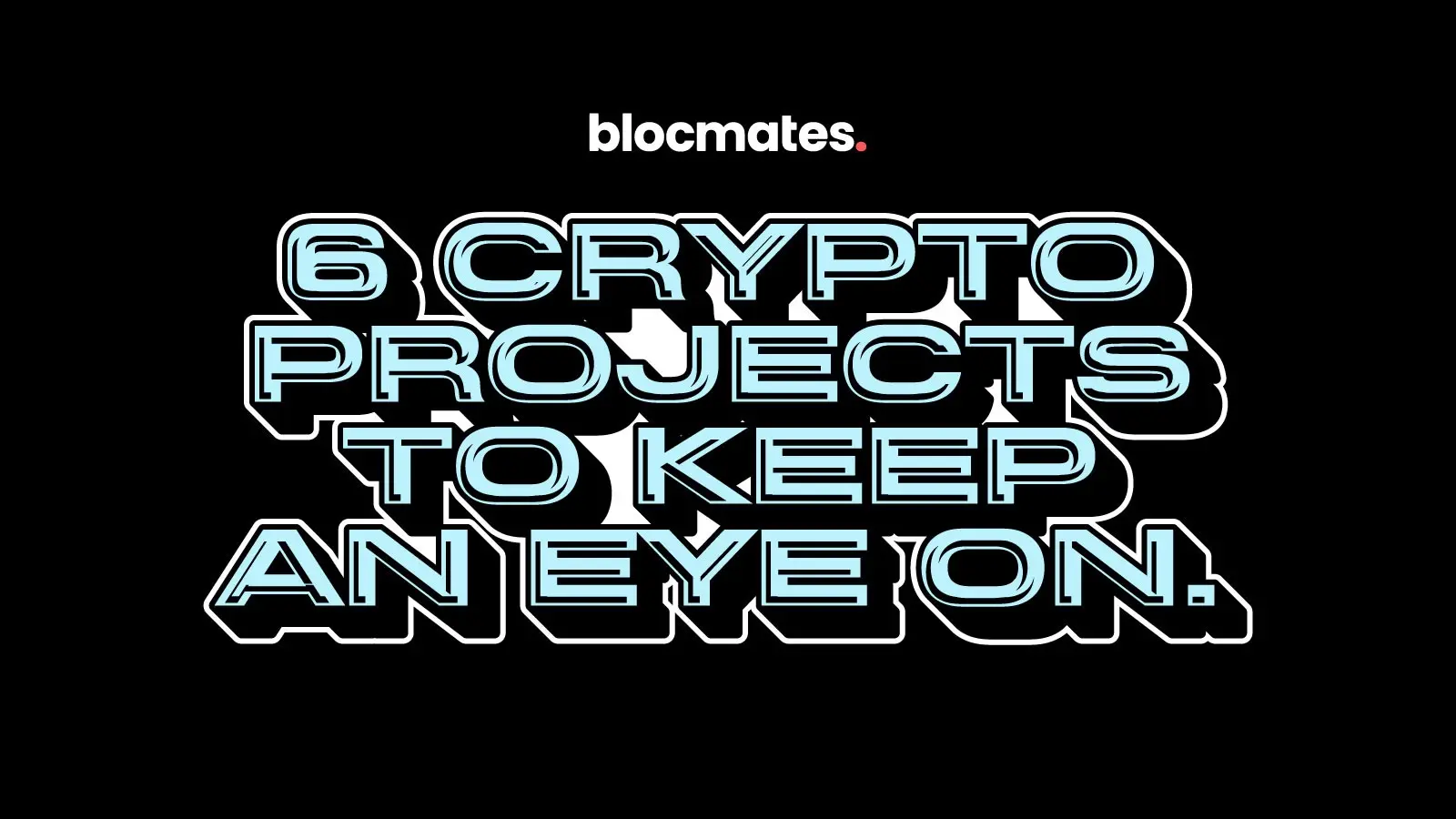
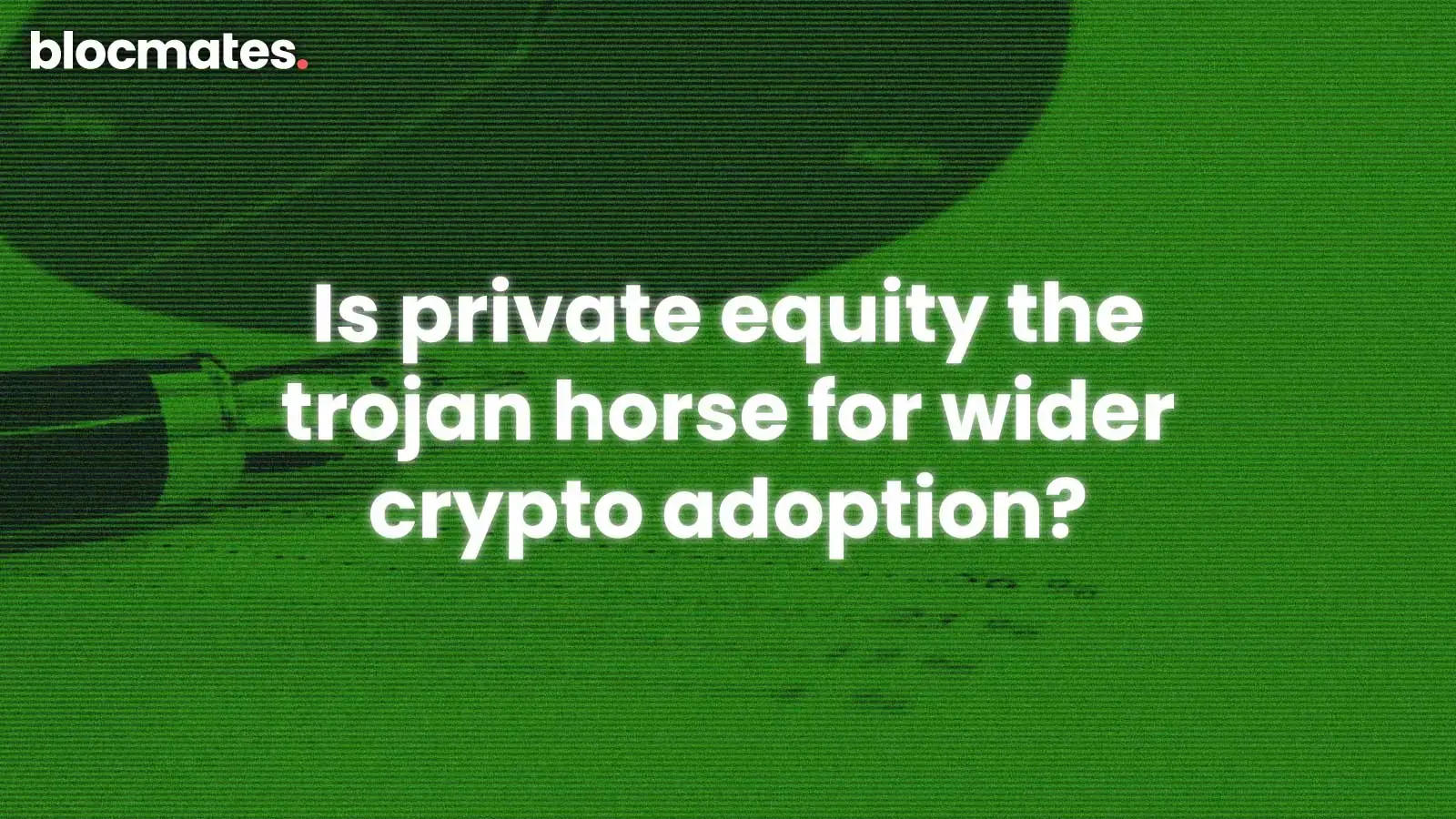
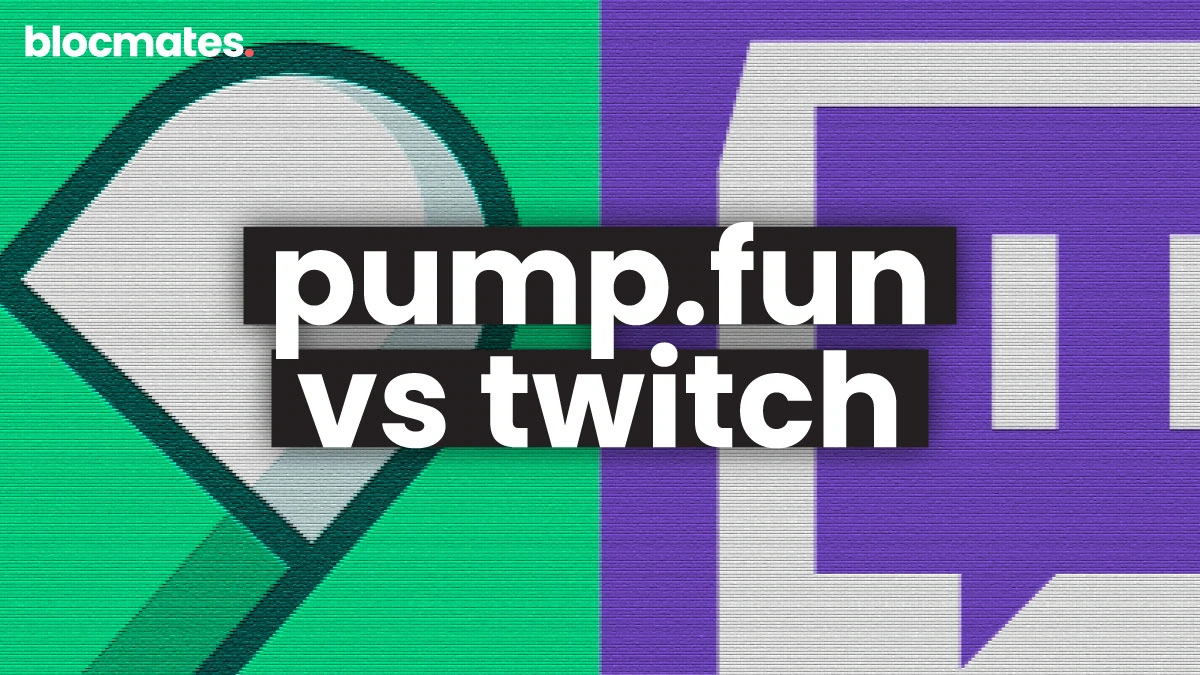

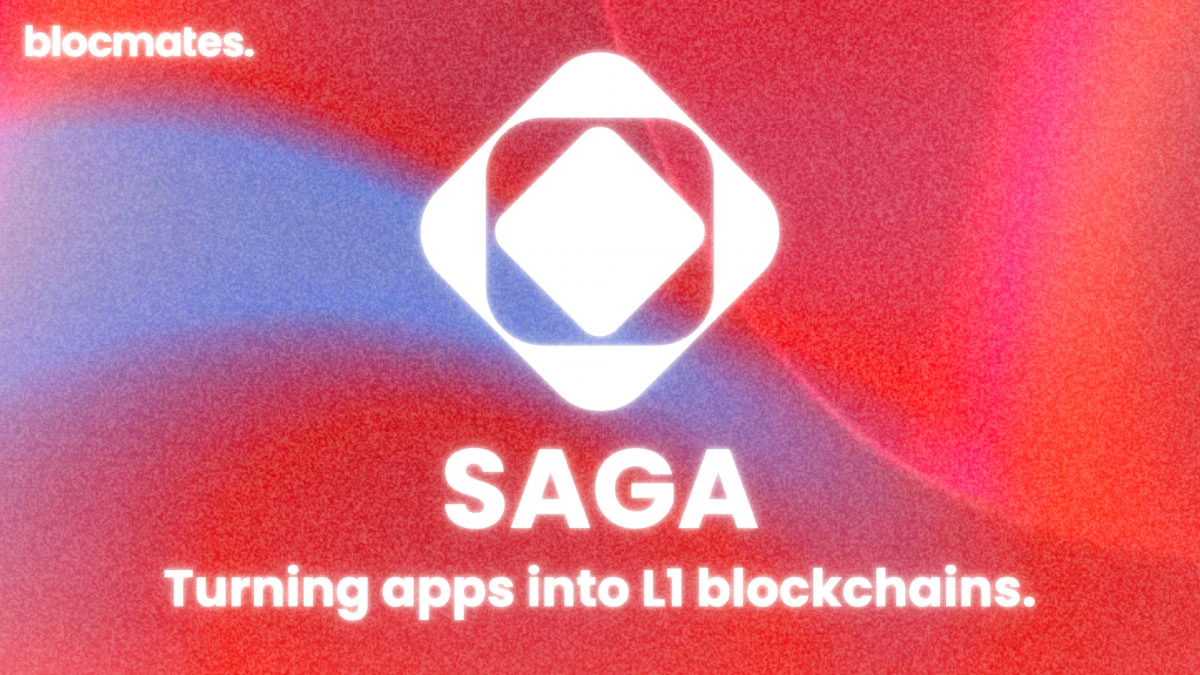
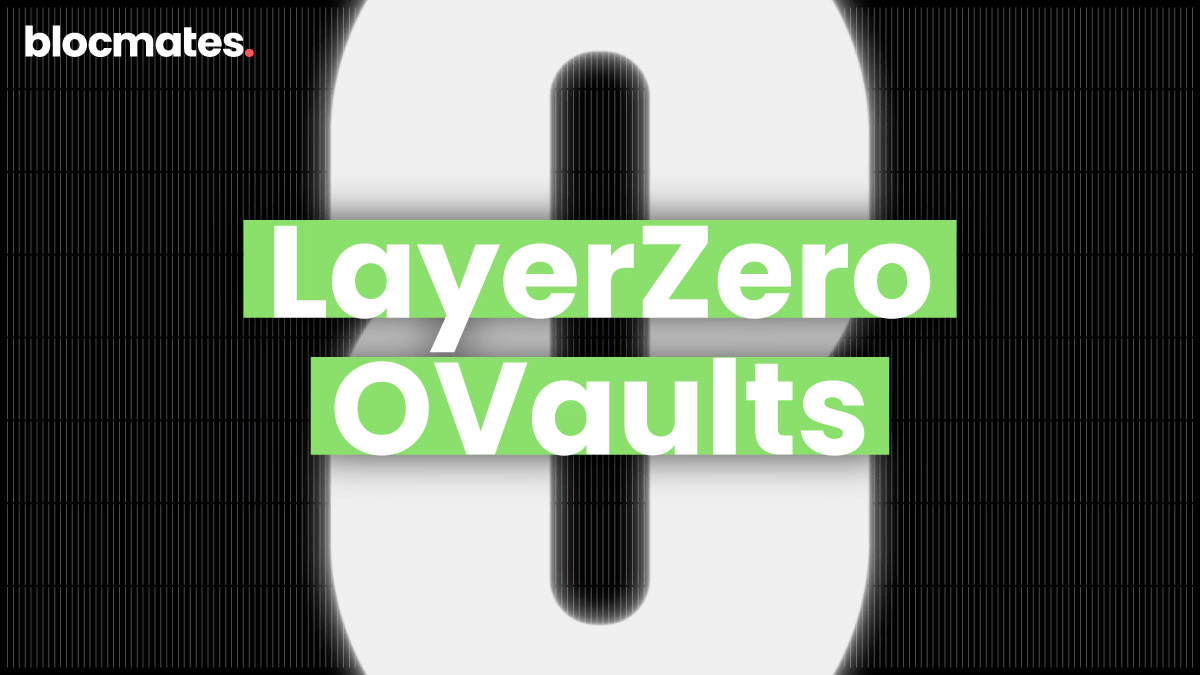

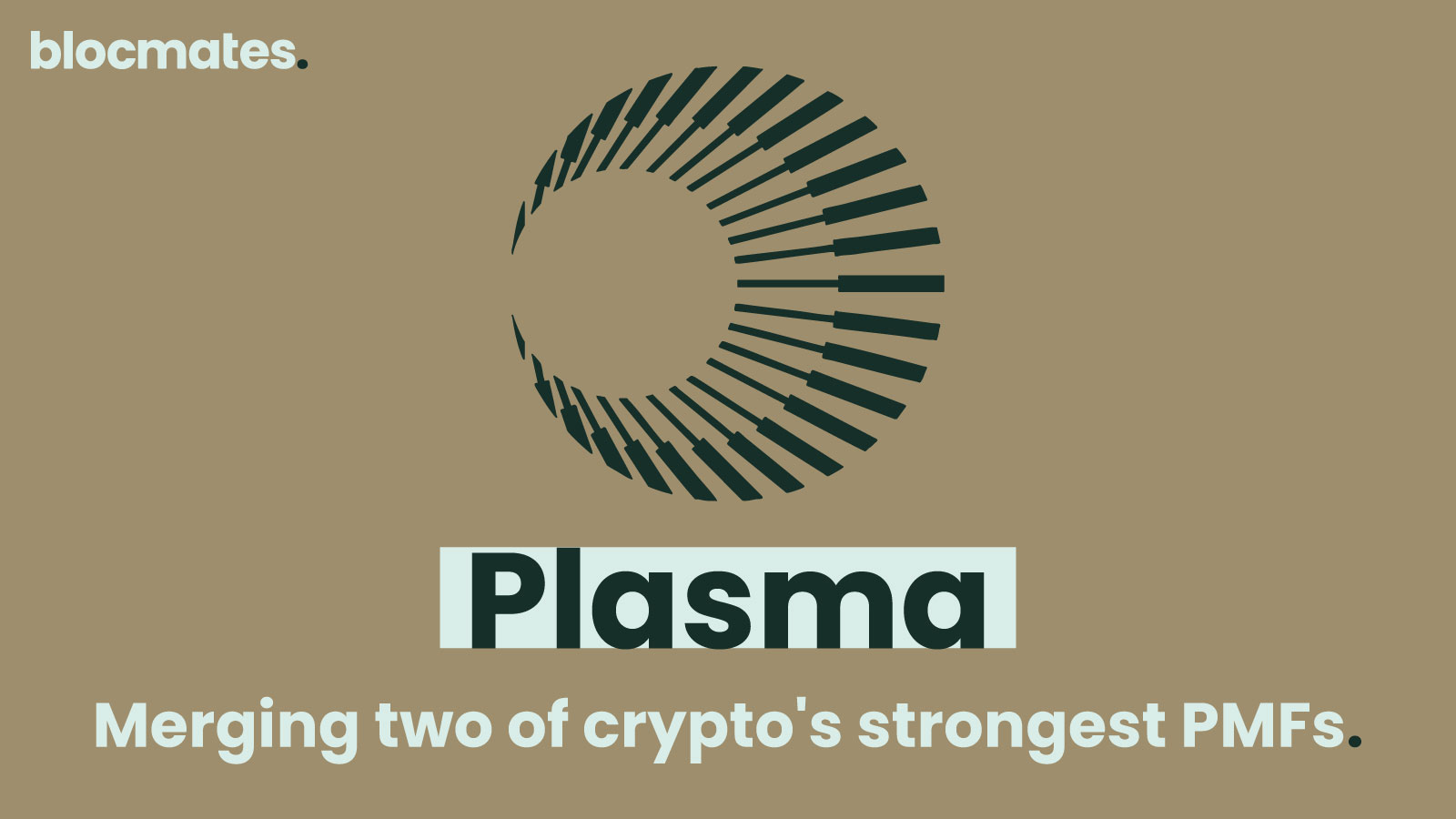
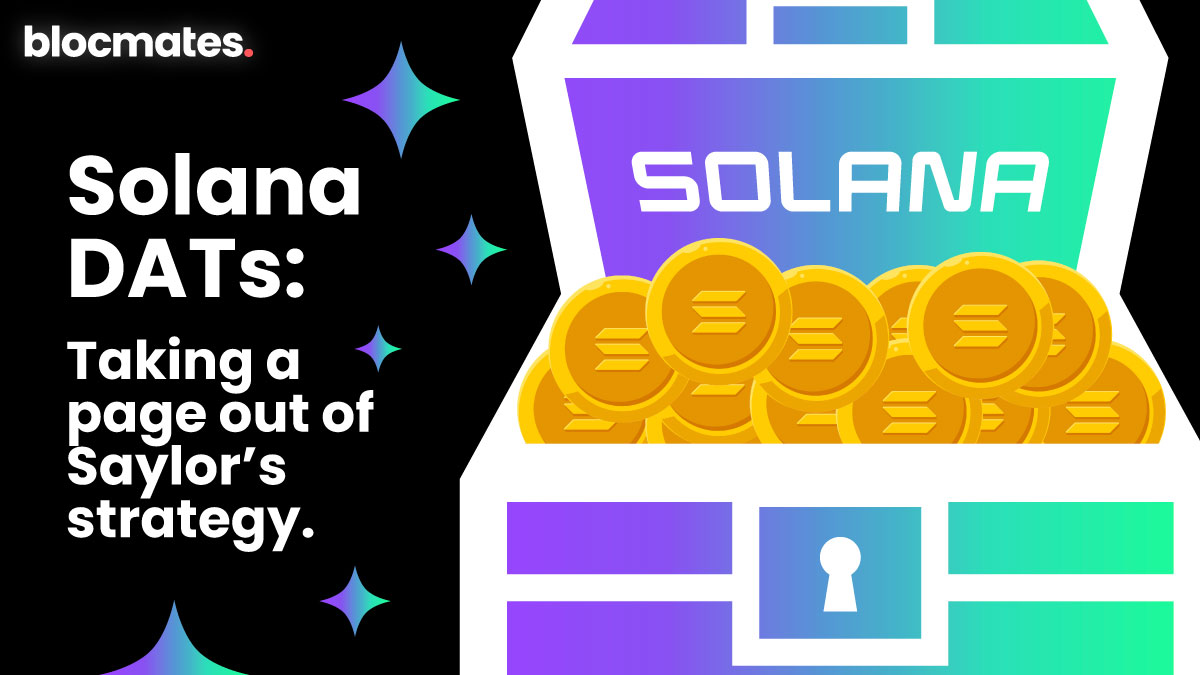


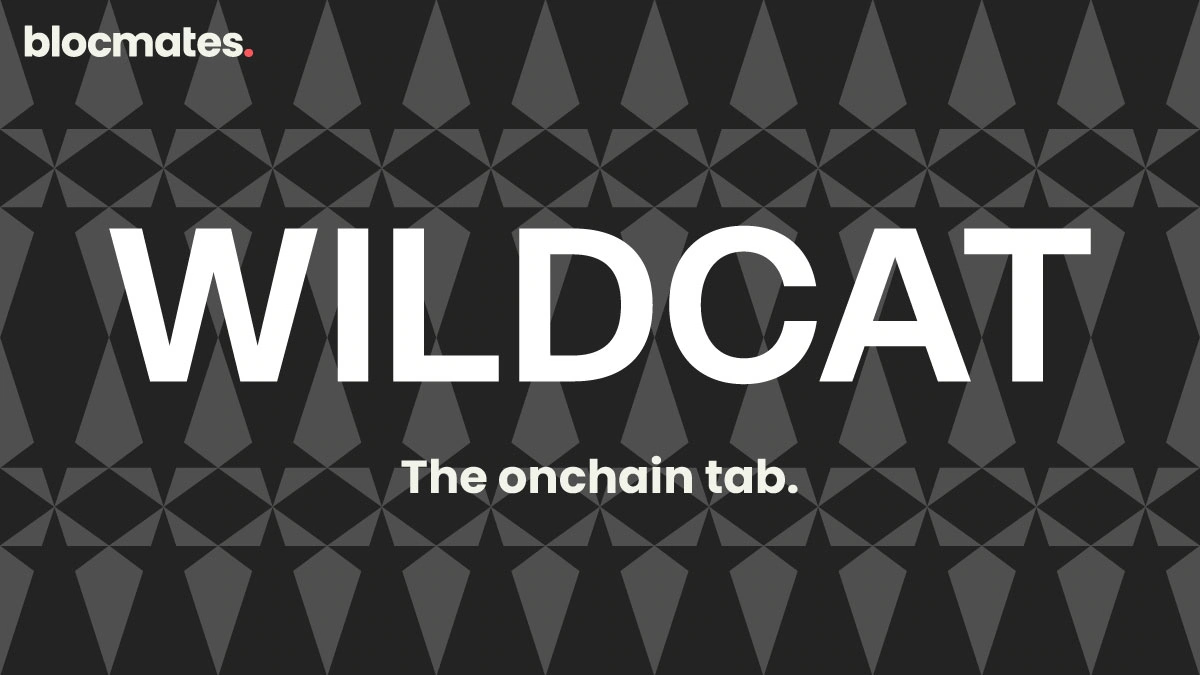
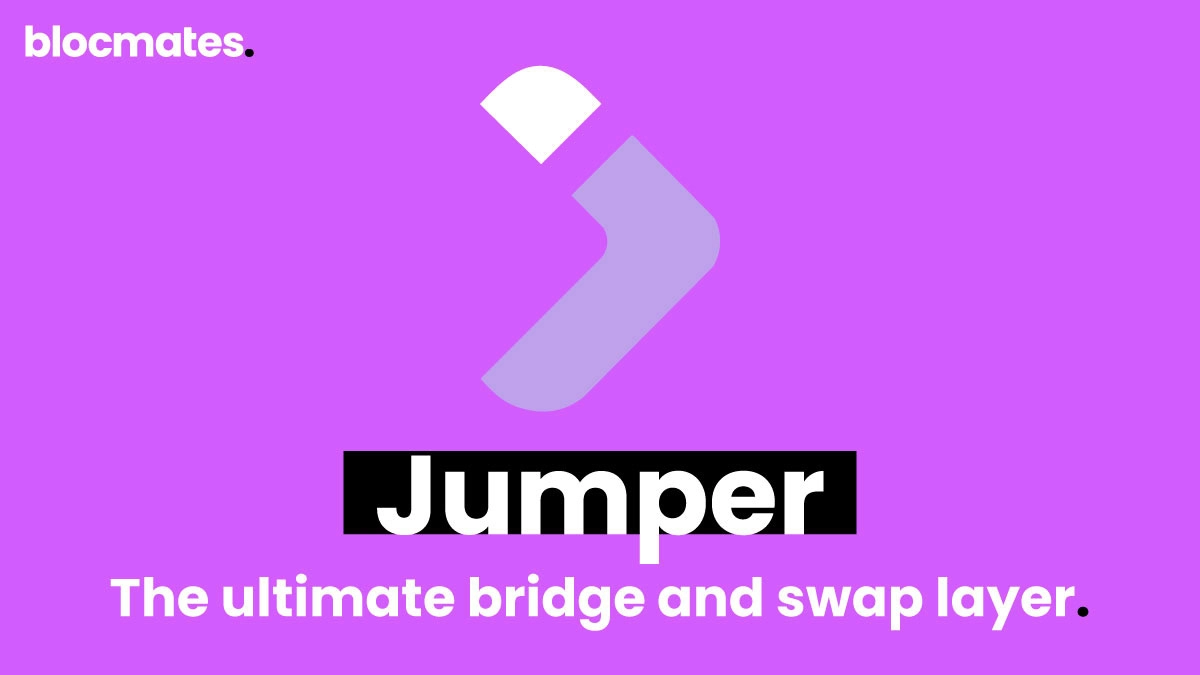
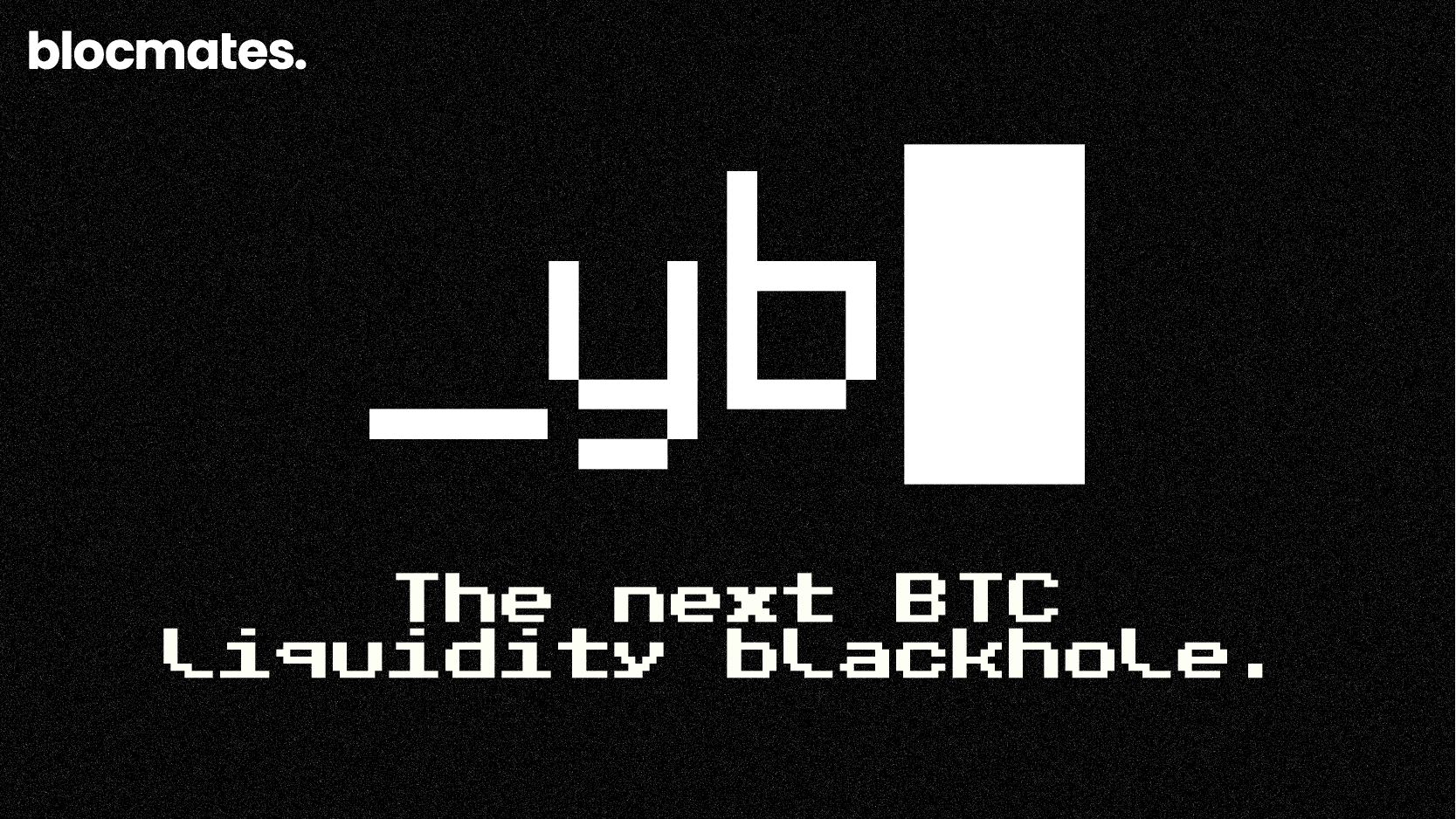
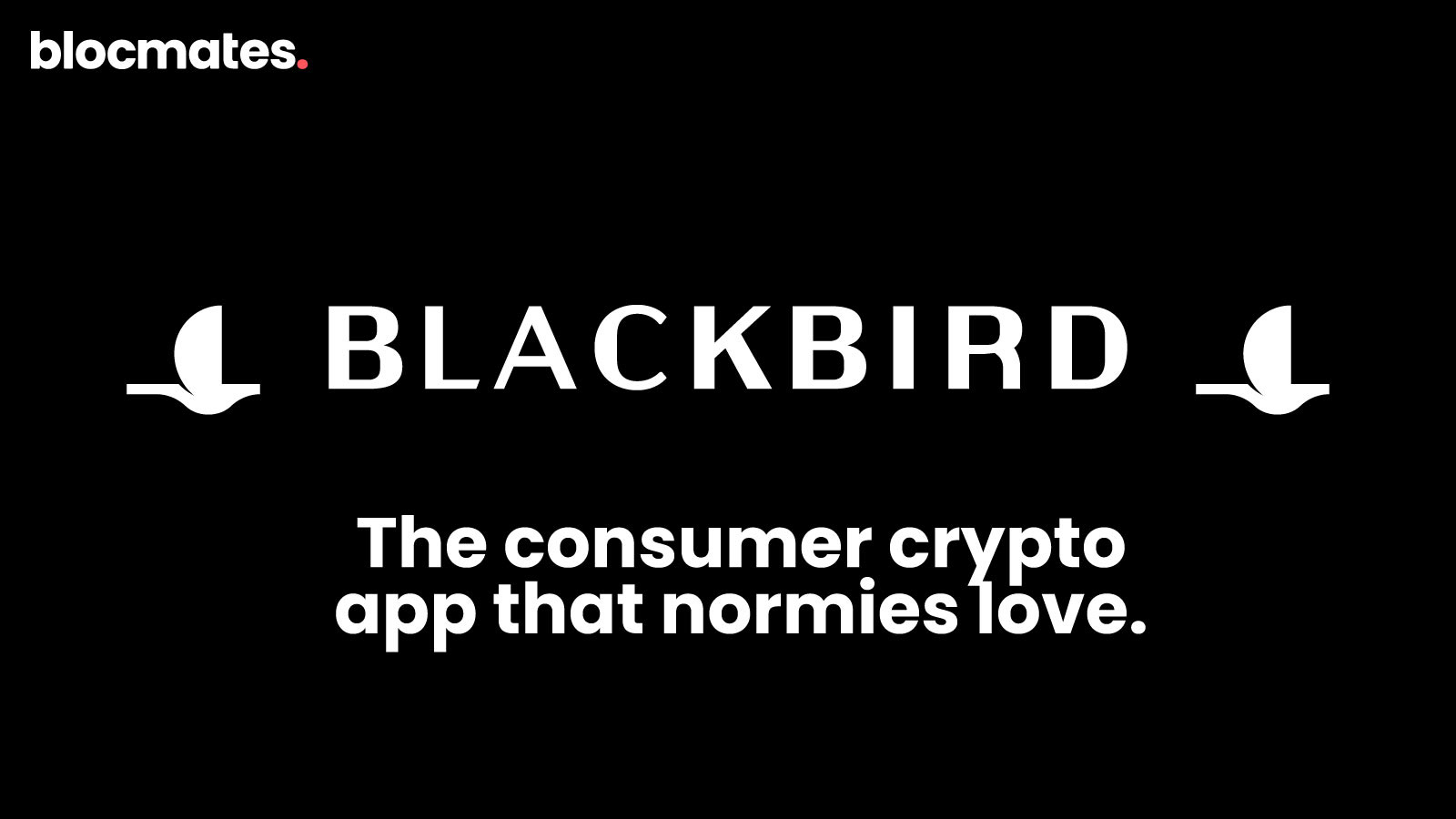
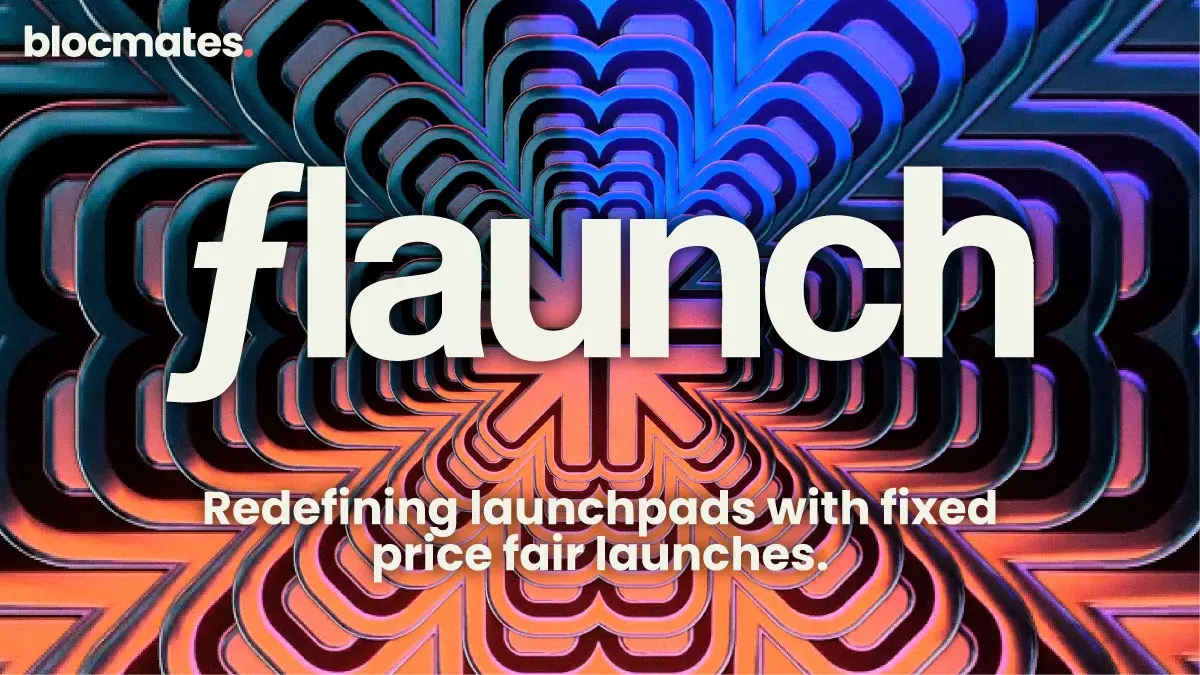

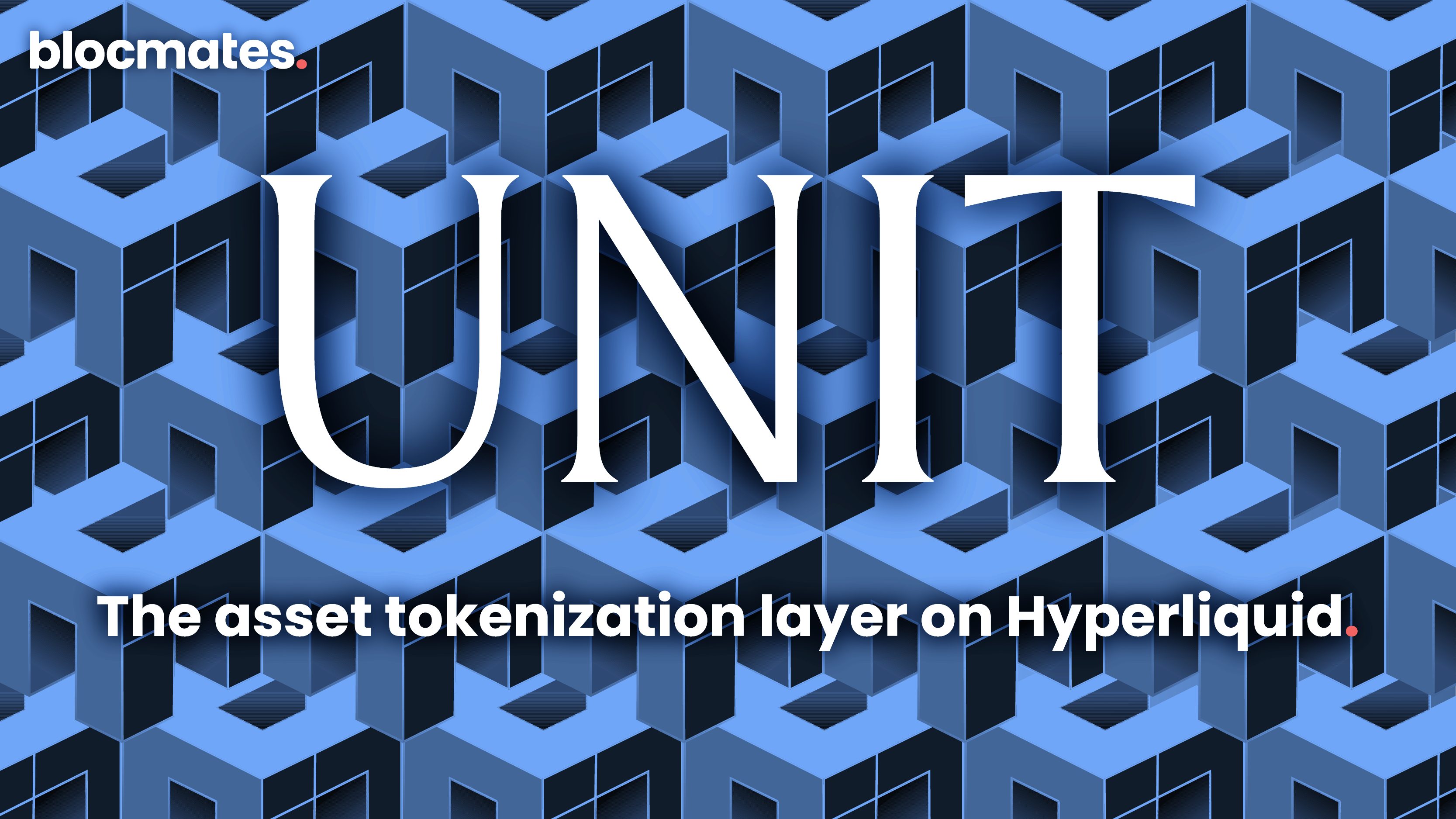
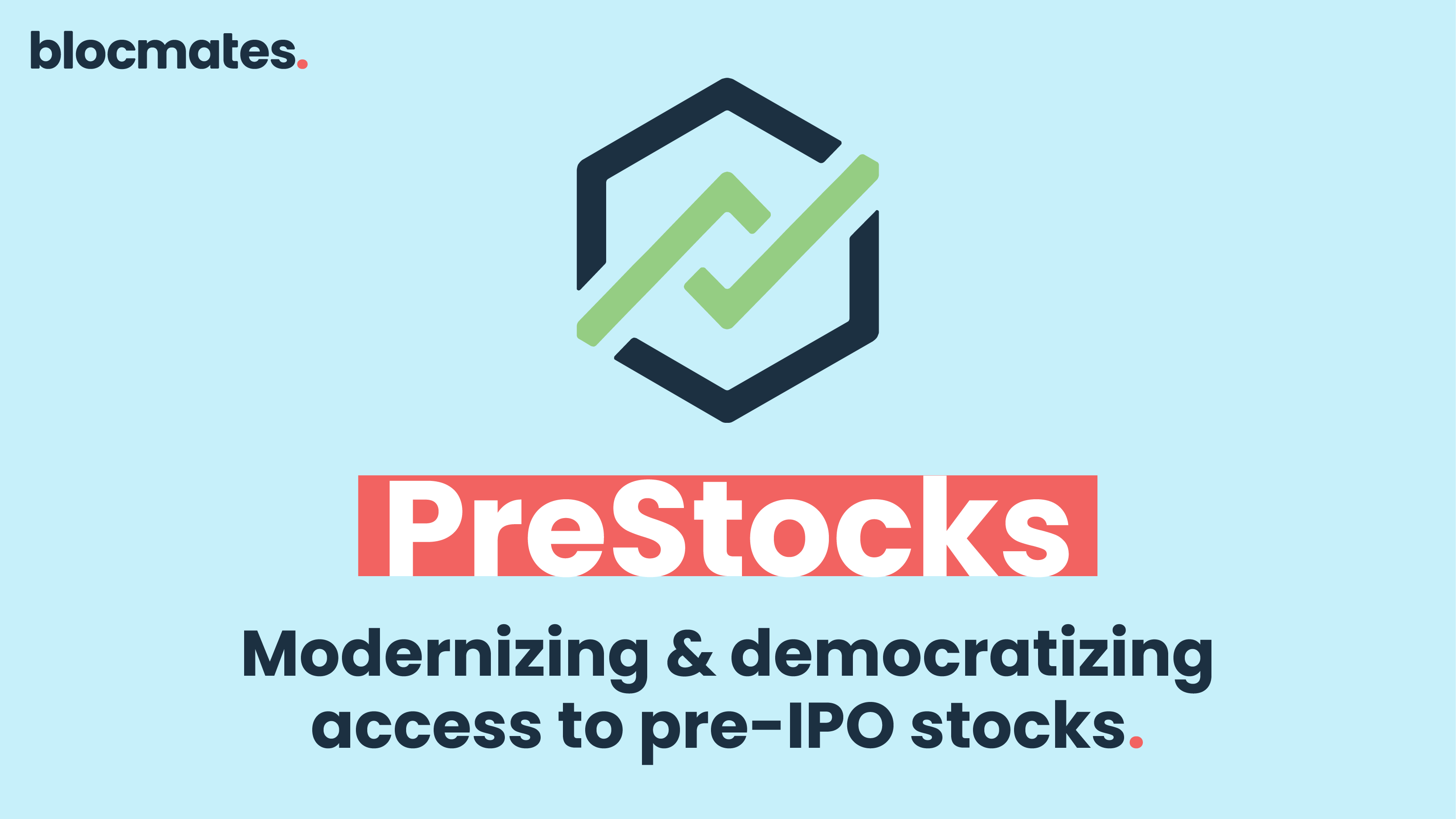

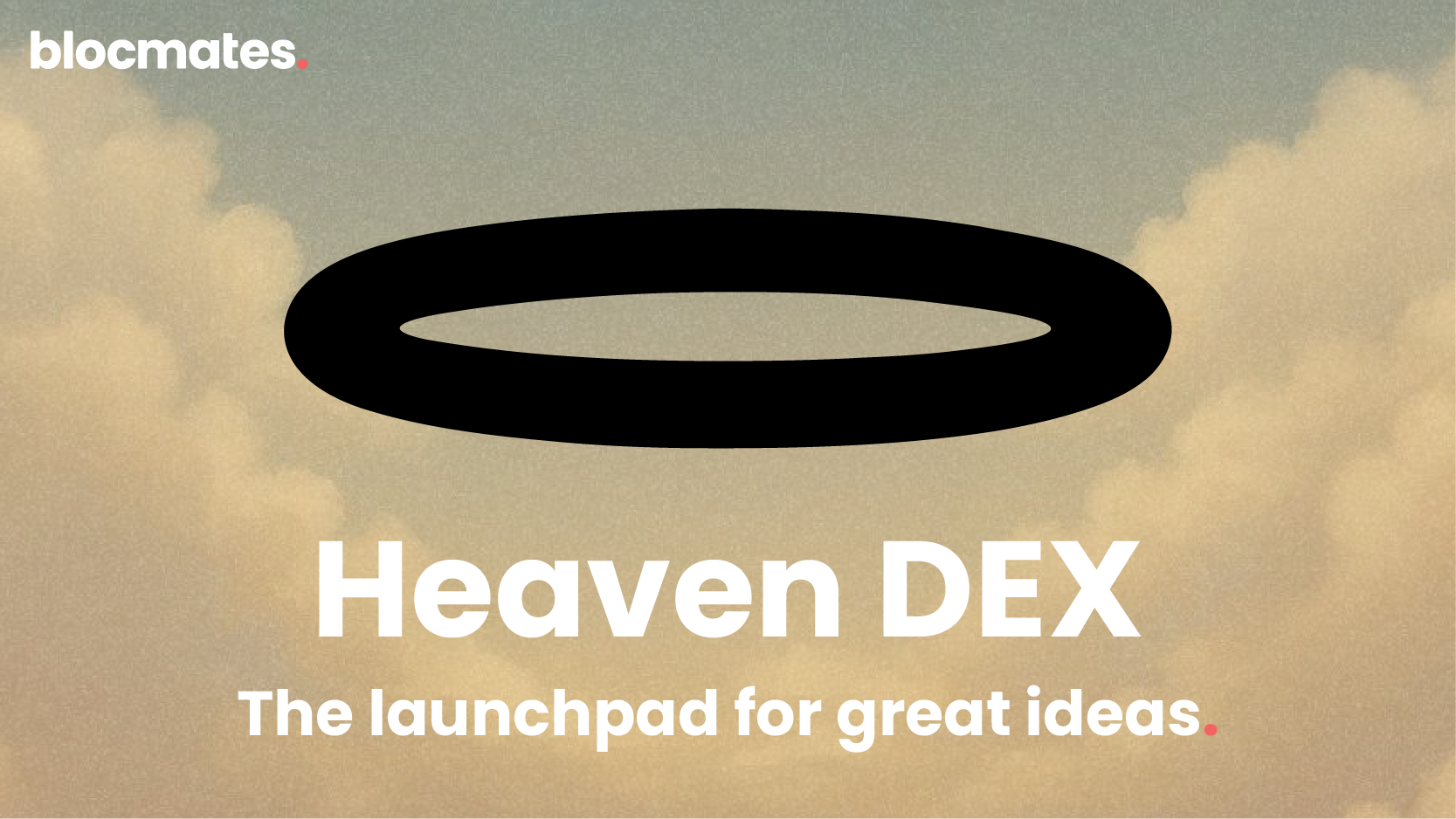
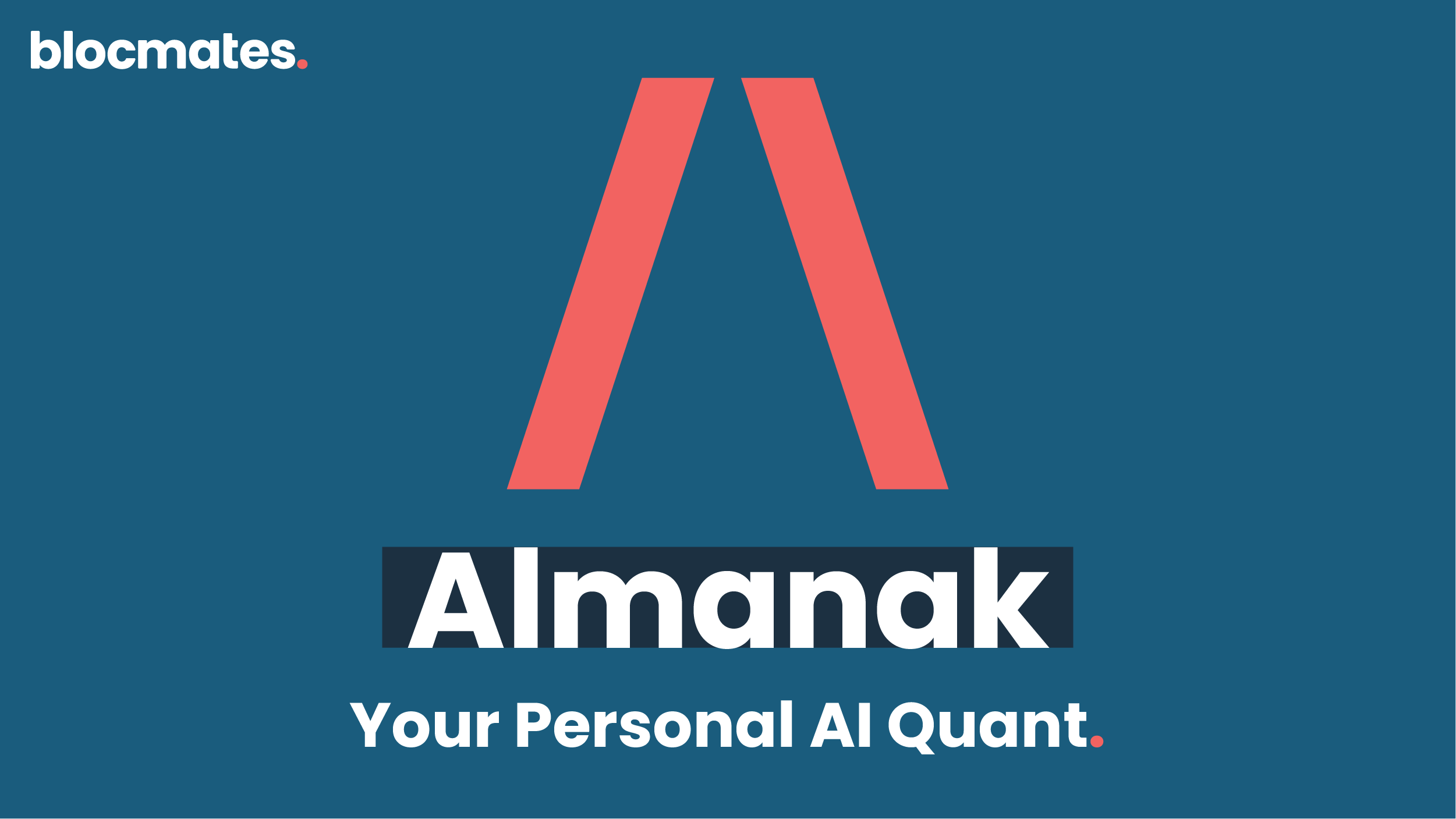
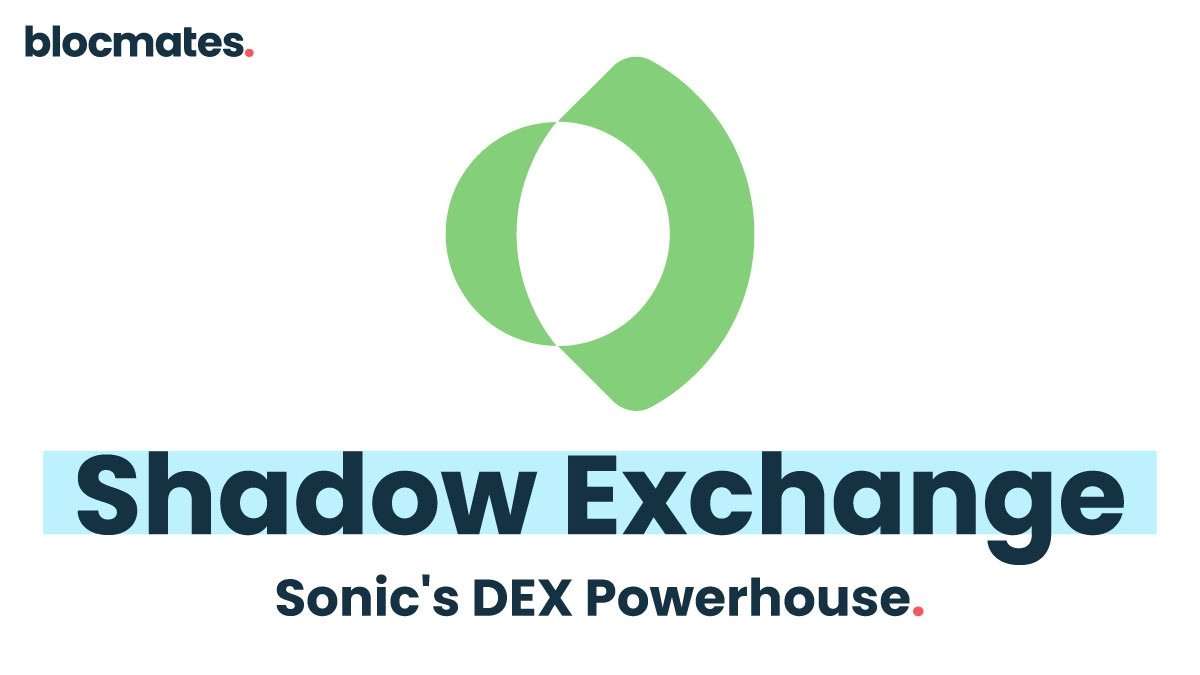
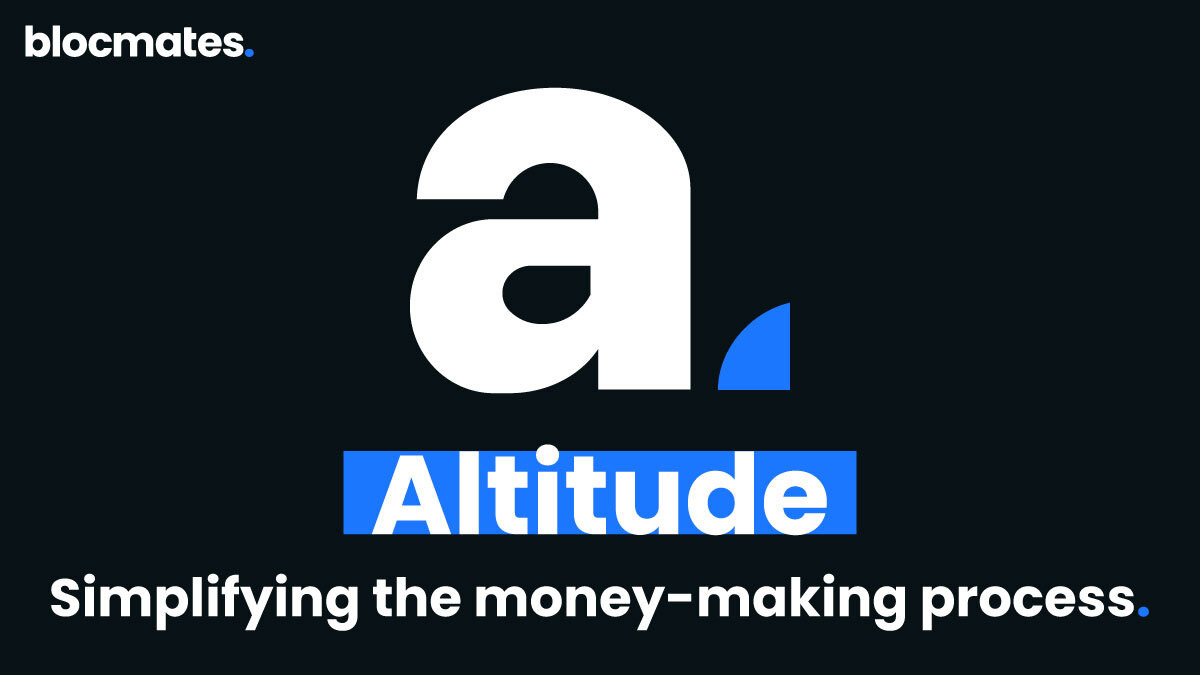
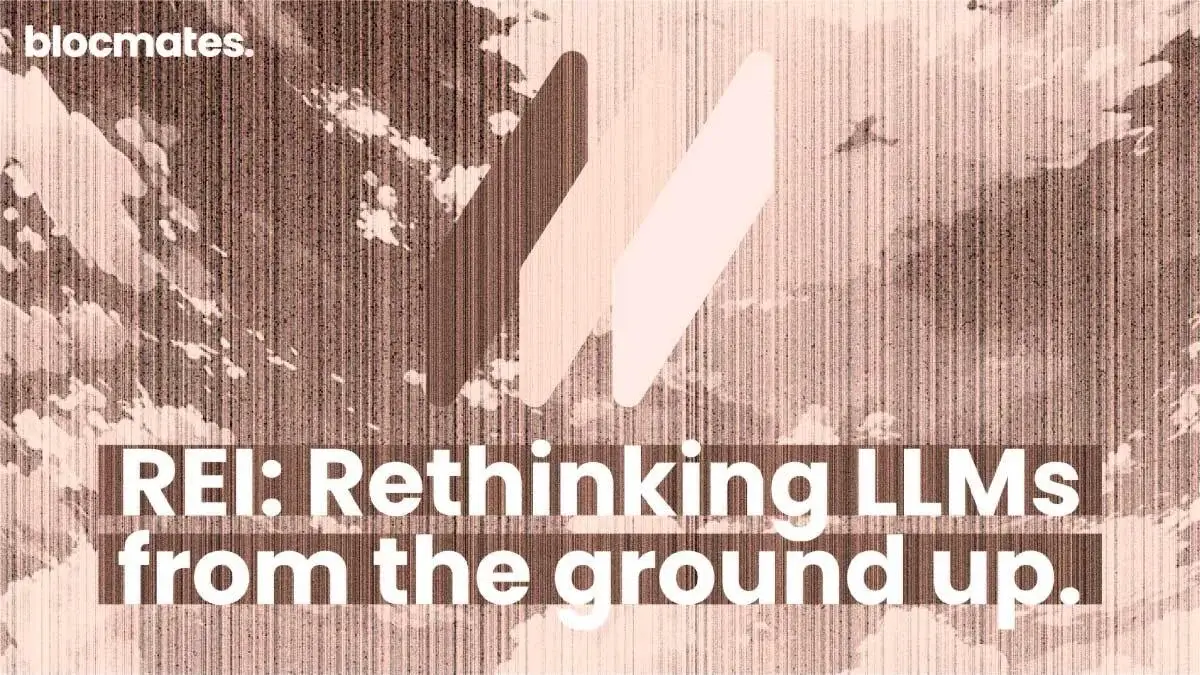
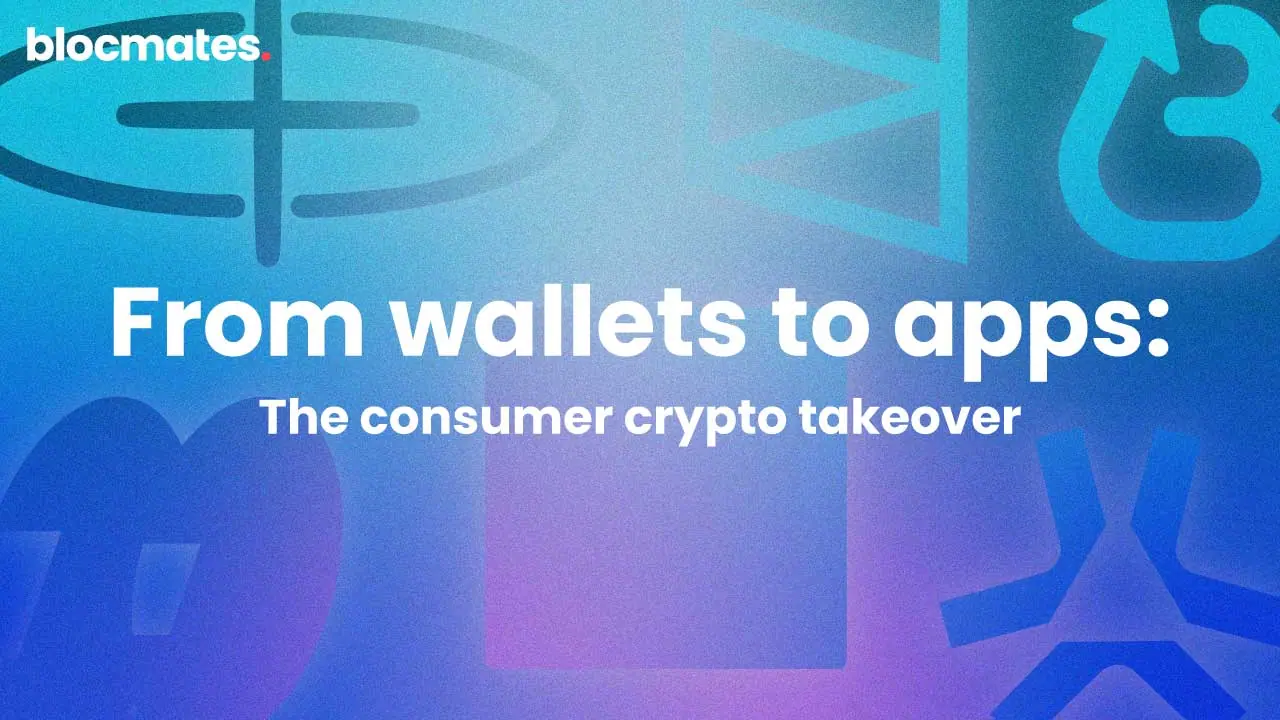


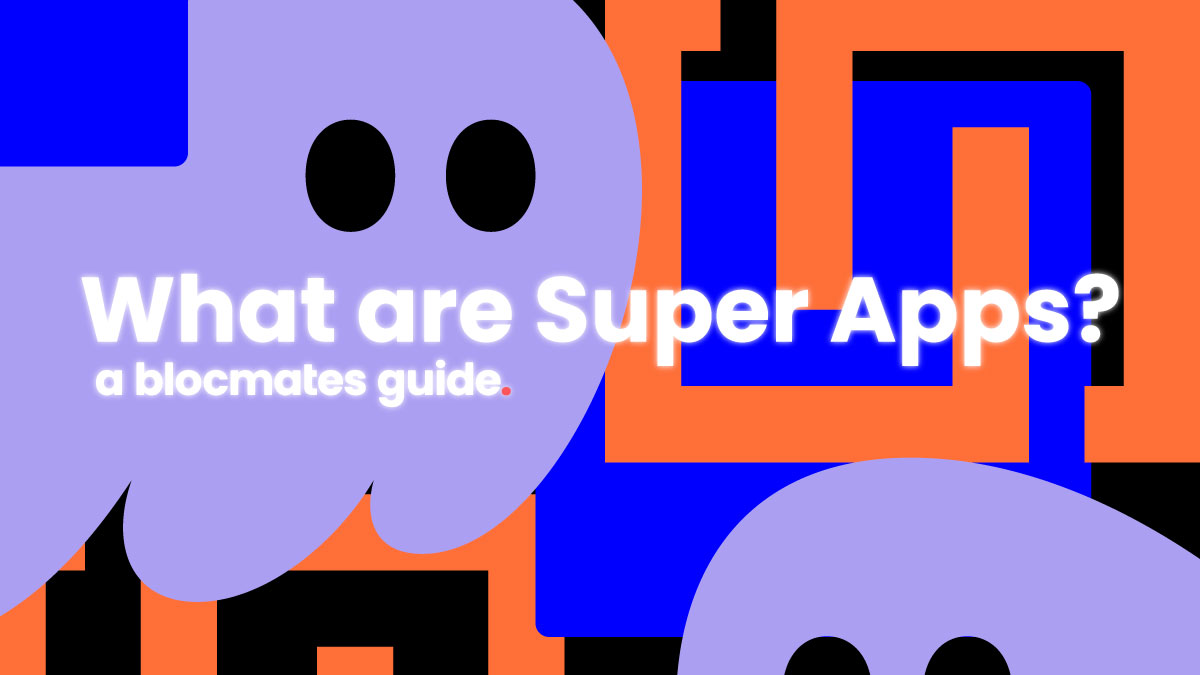
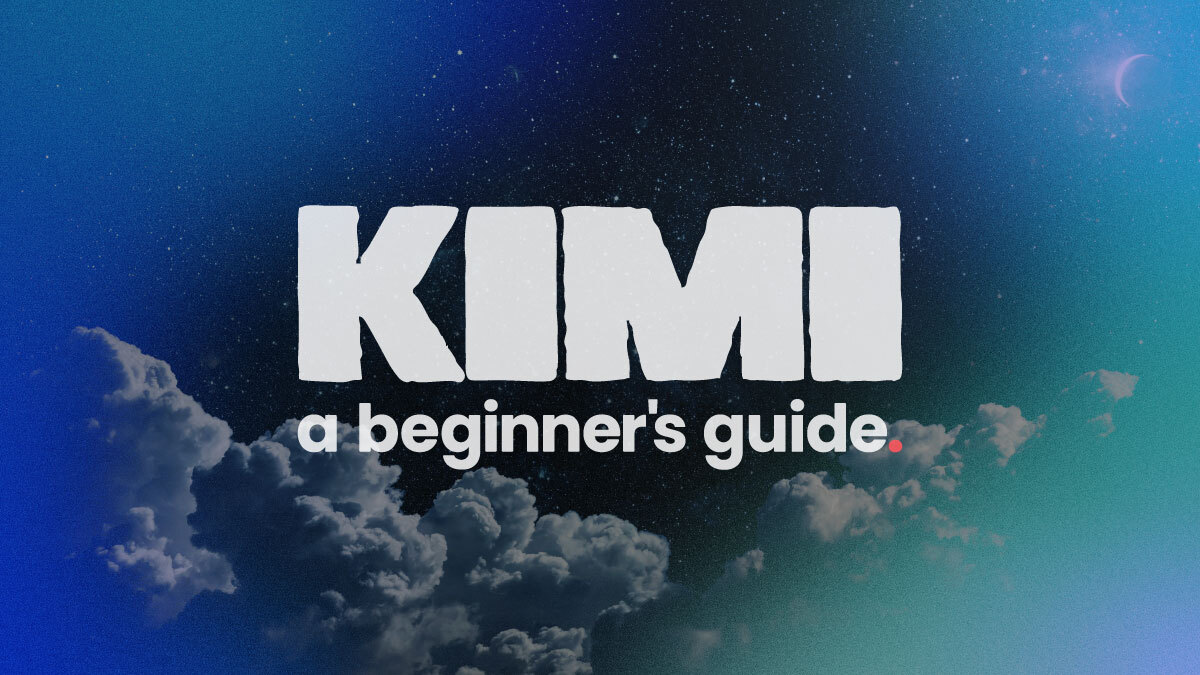
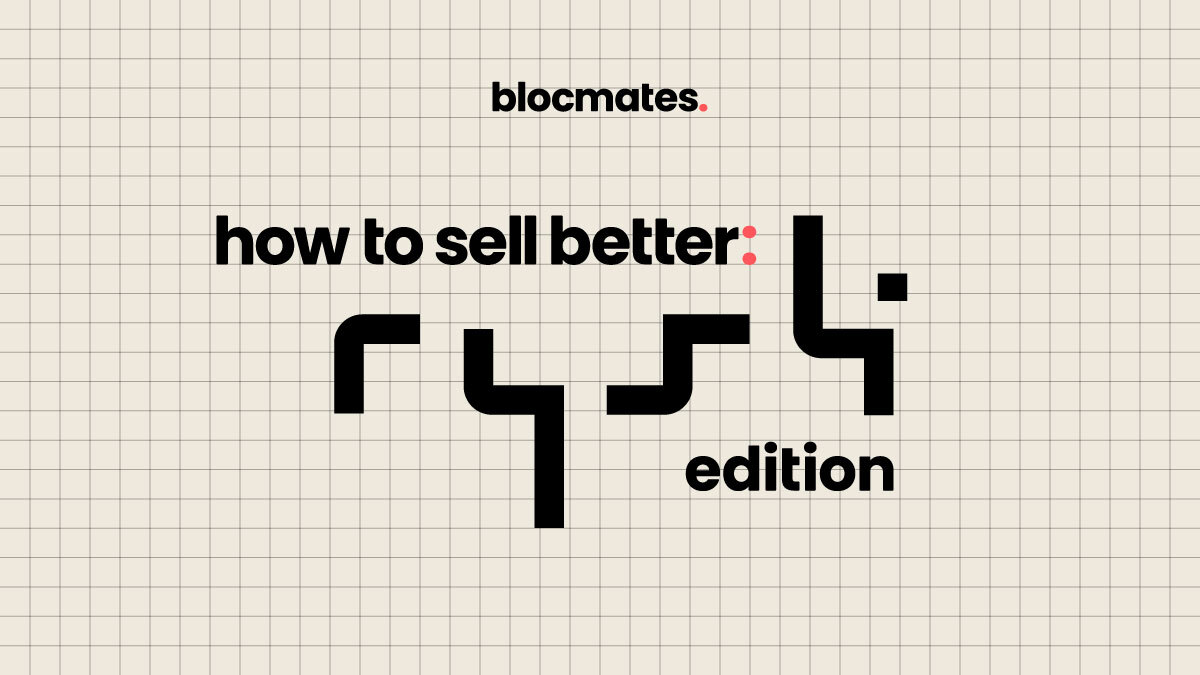
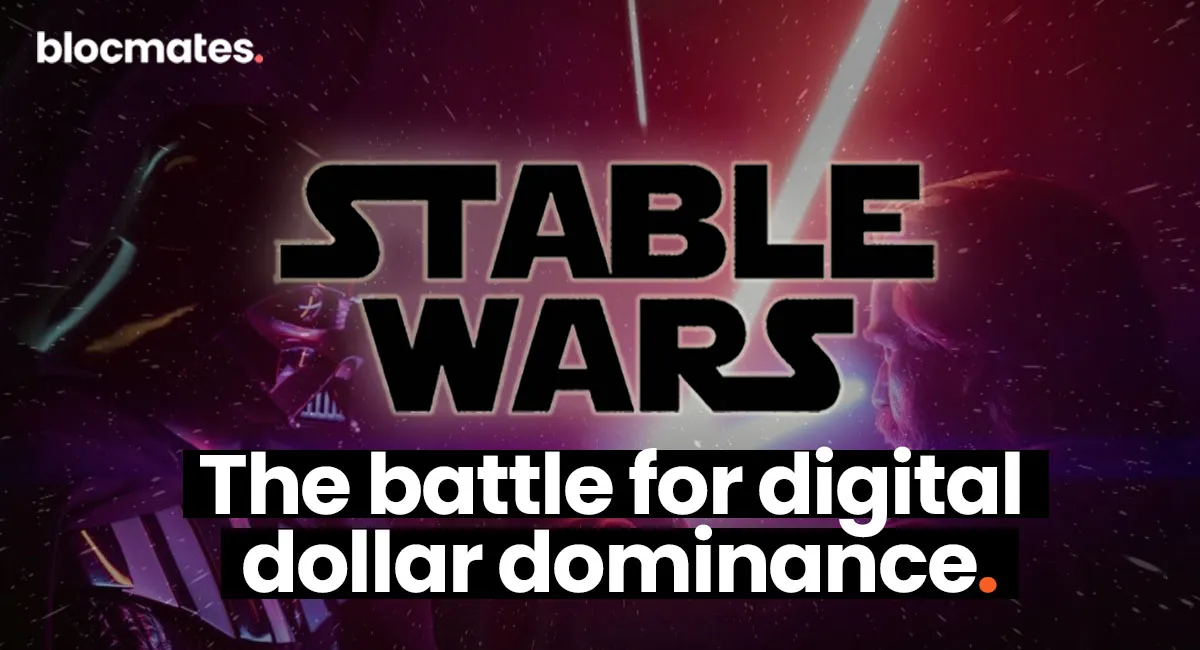

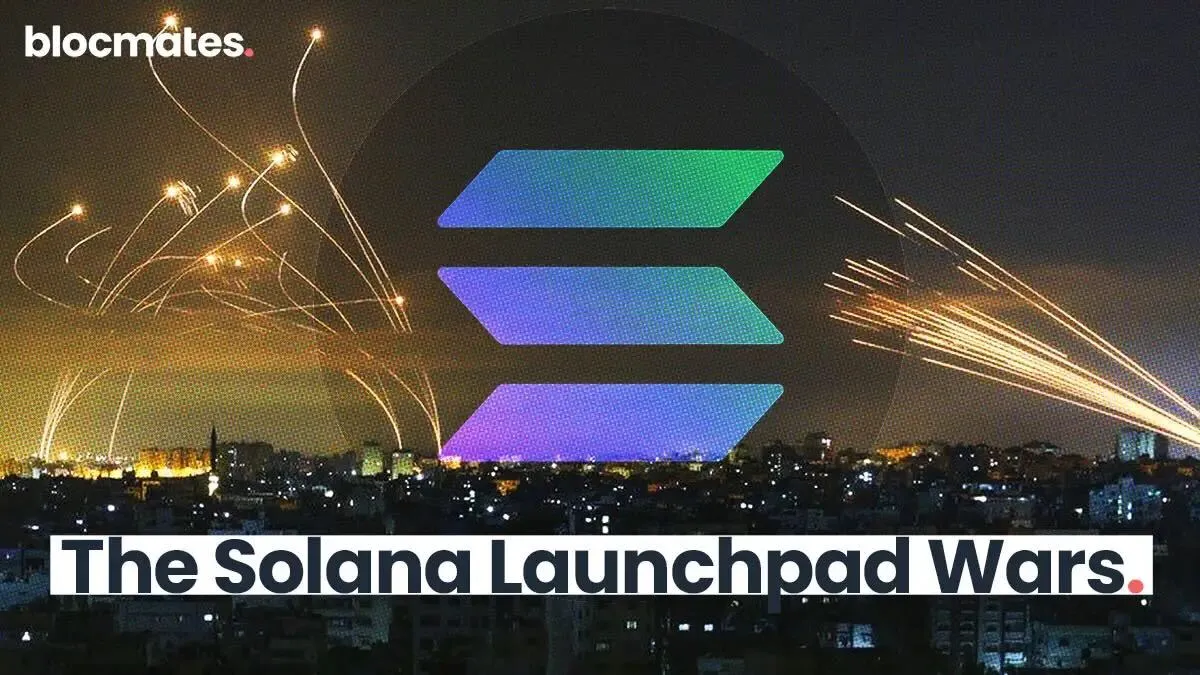




















%202.webp)


.webp)

.webp)
.webp)
.webp)

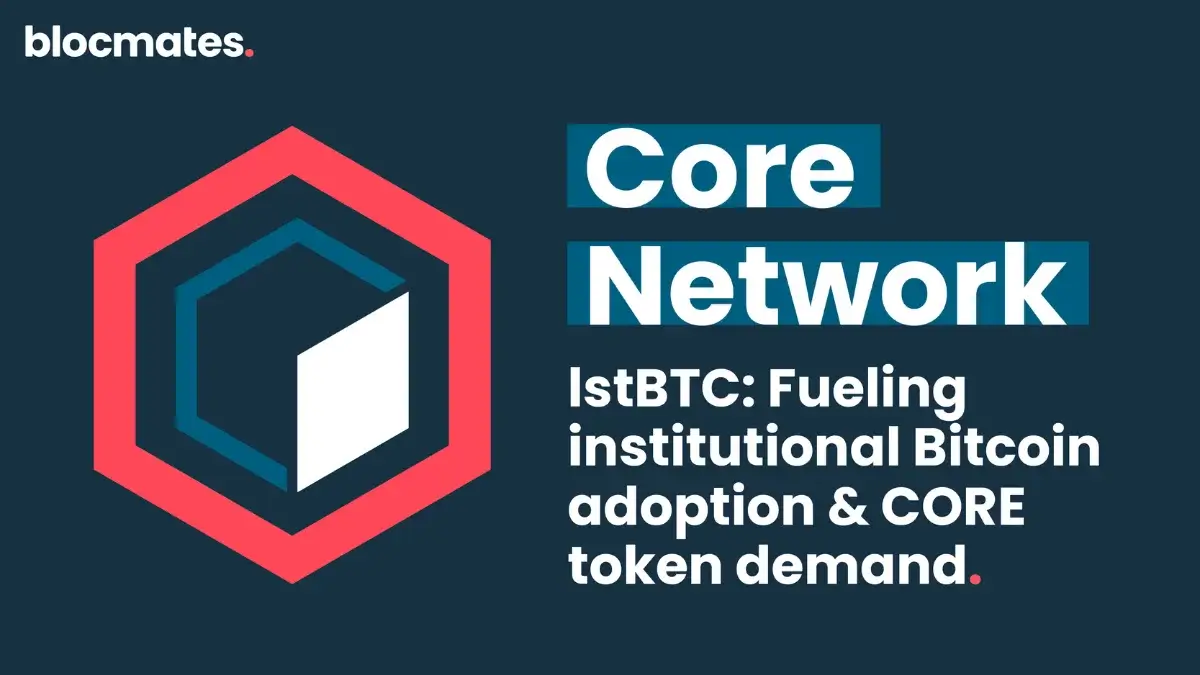
.webp)

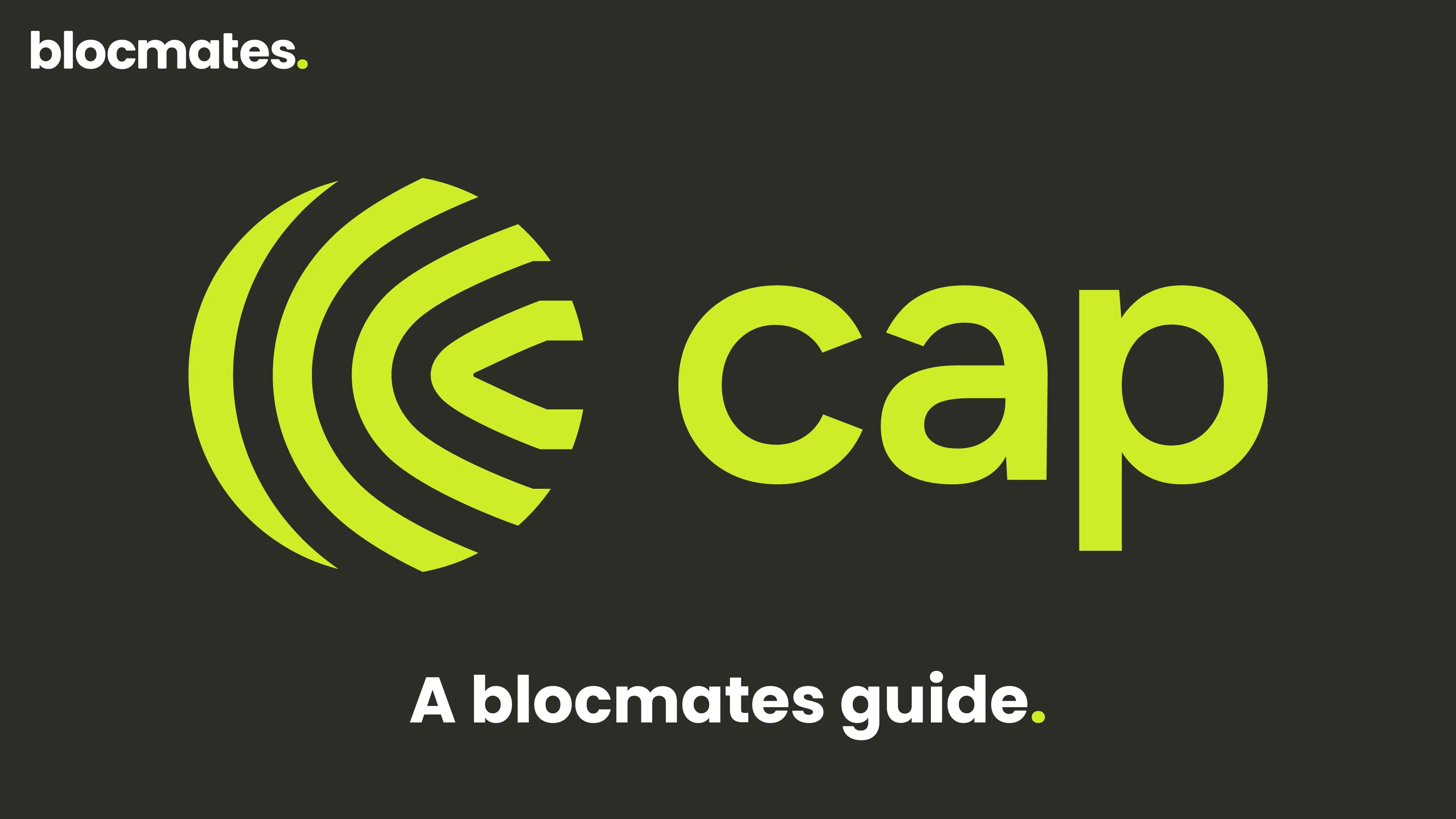










%20the%20Next%20Big%20Unlock%20in%20AI.webp)








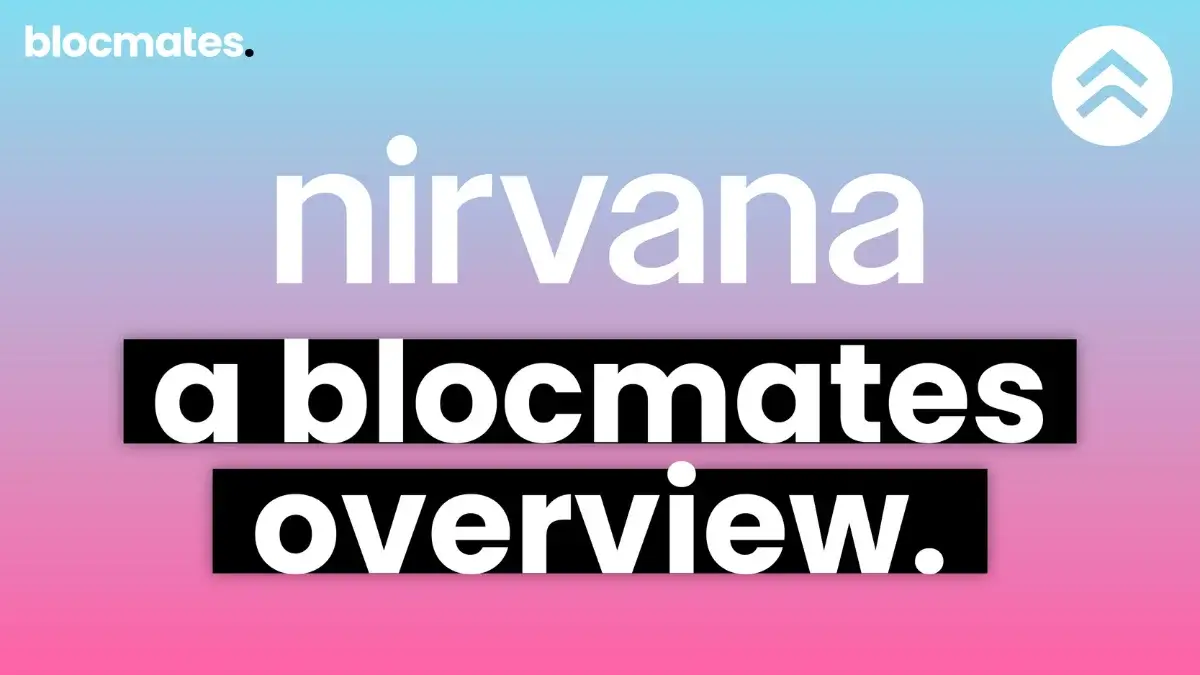





.webp)
.webp)

.webp)
.webp)
.webp)


.webp)
.webp)










.webp)


.webp)






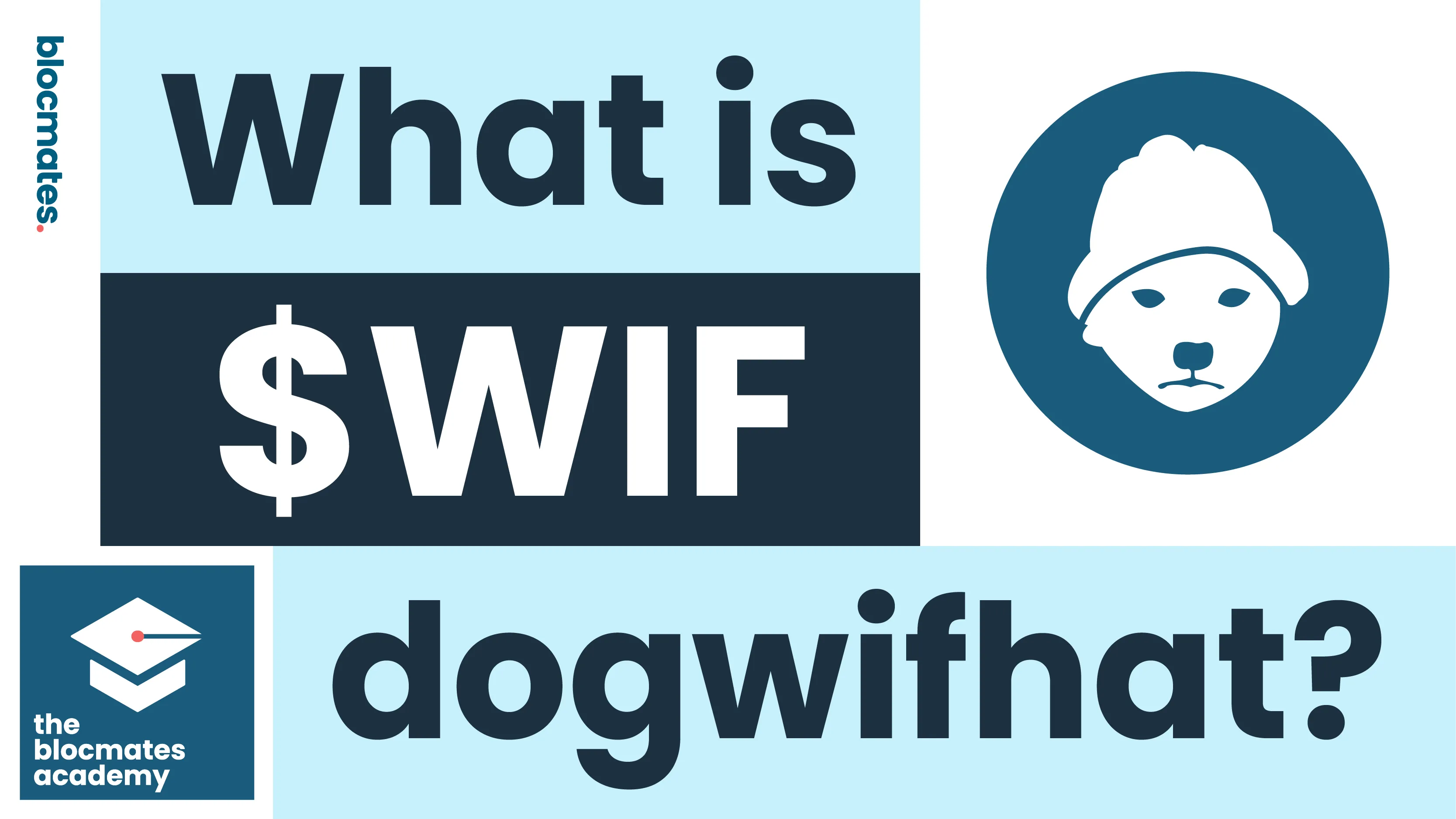


.webp)







.webp)
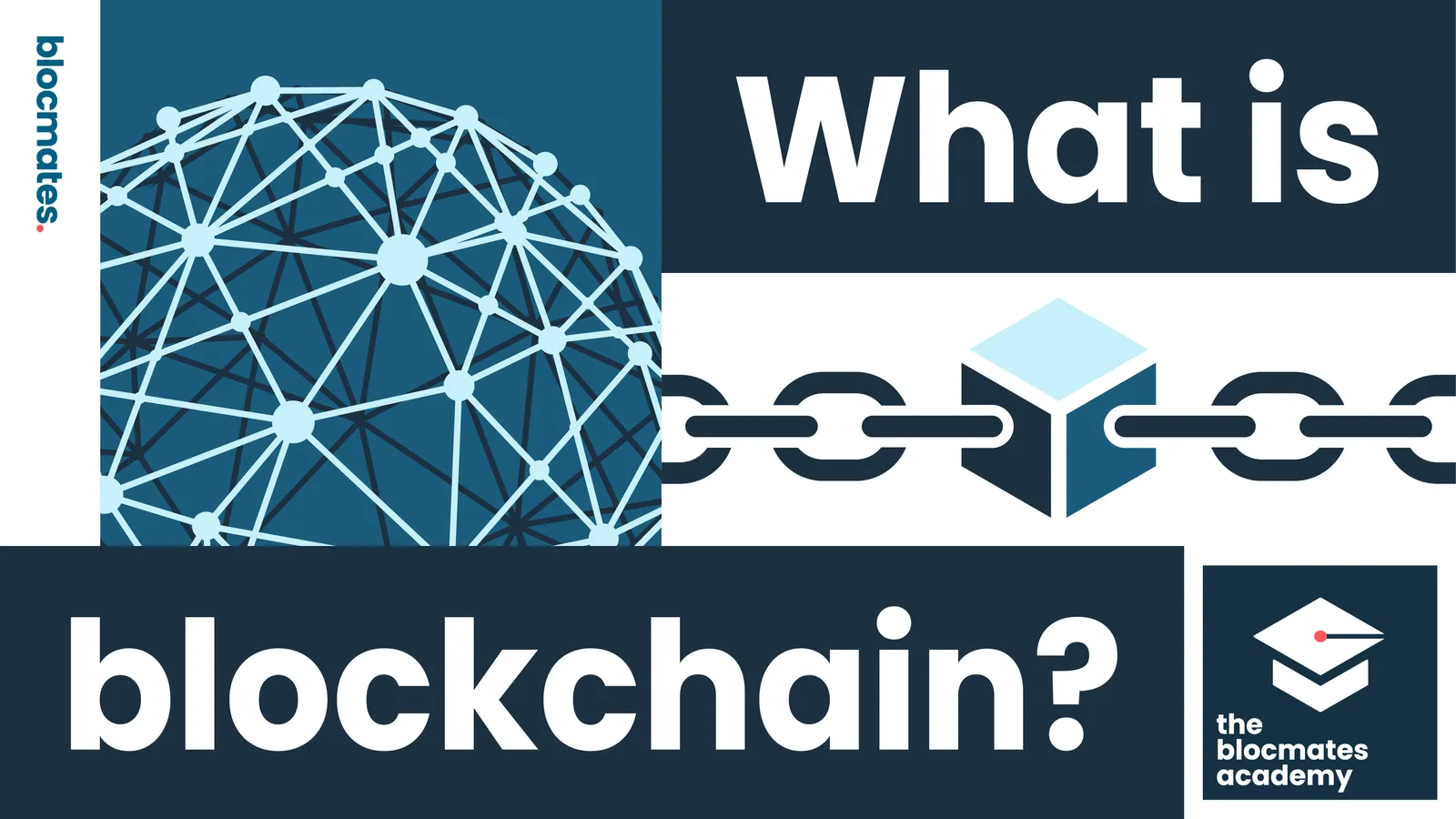



.webp)








.webp)
.webp)
.webp)


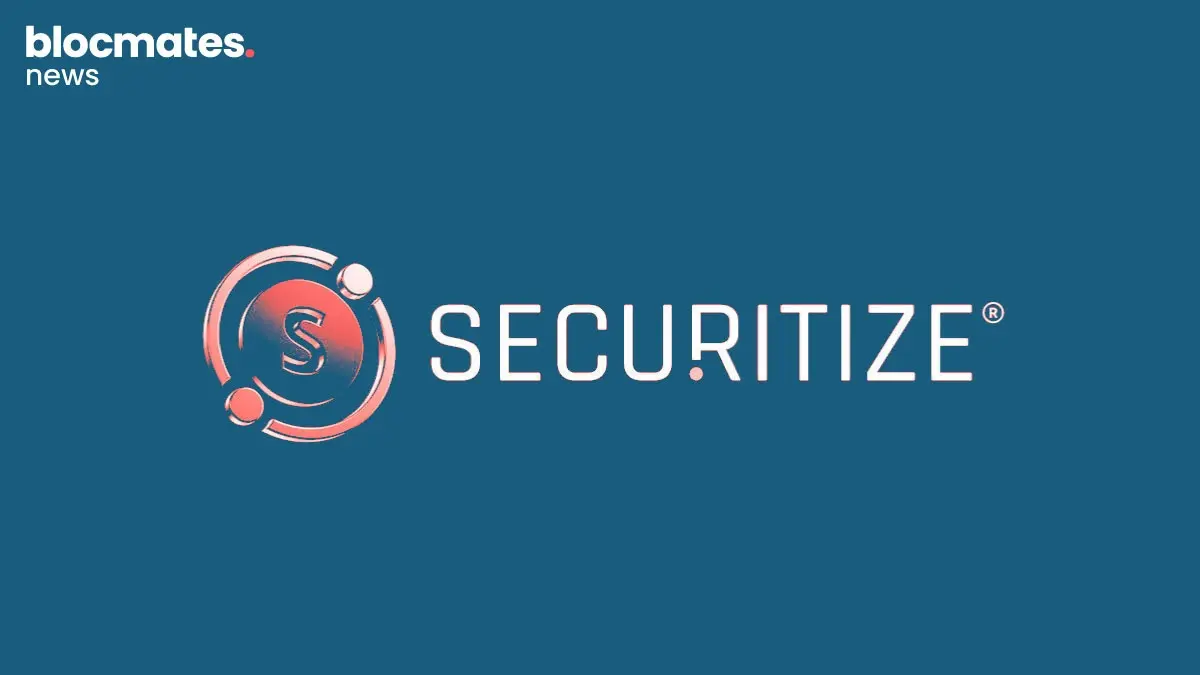


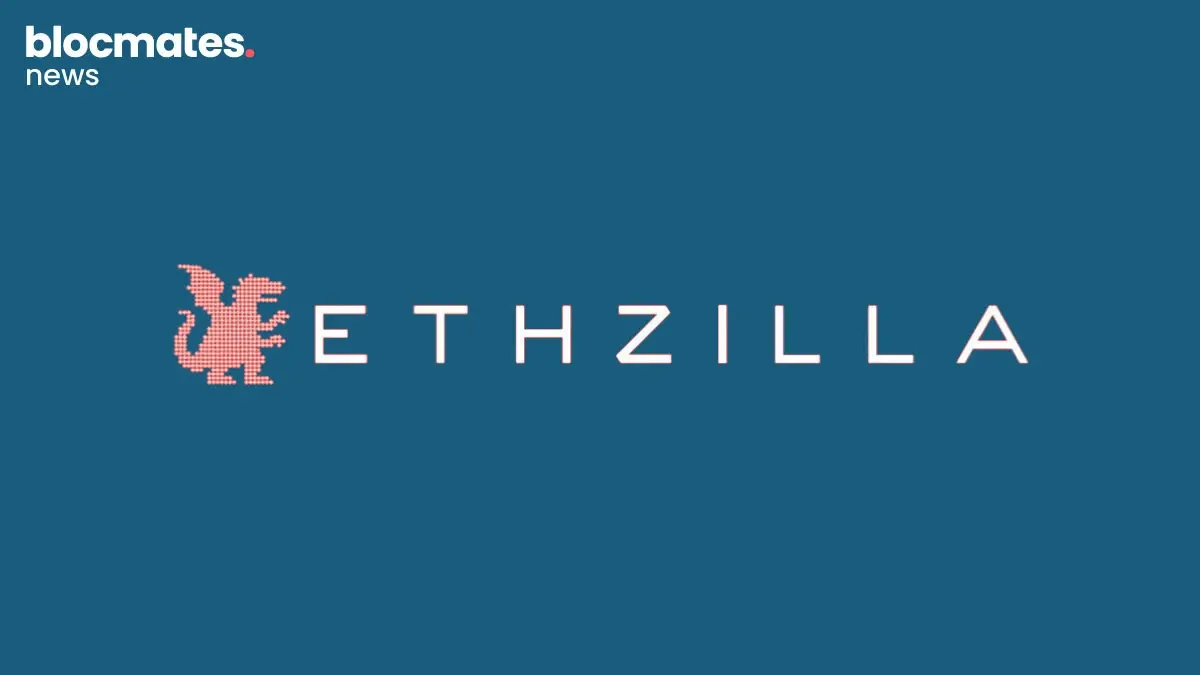
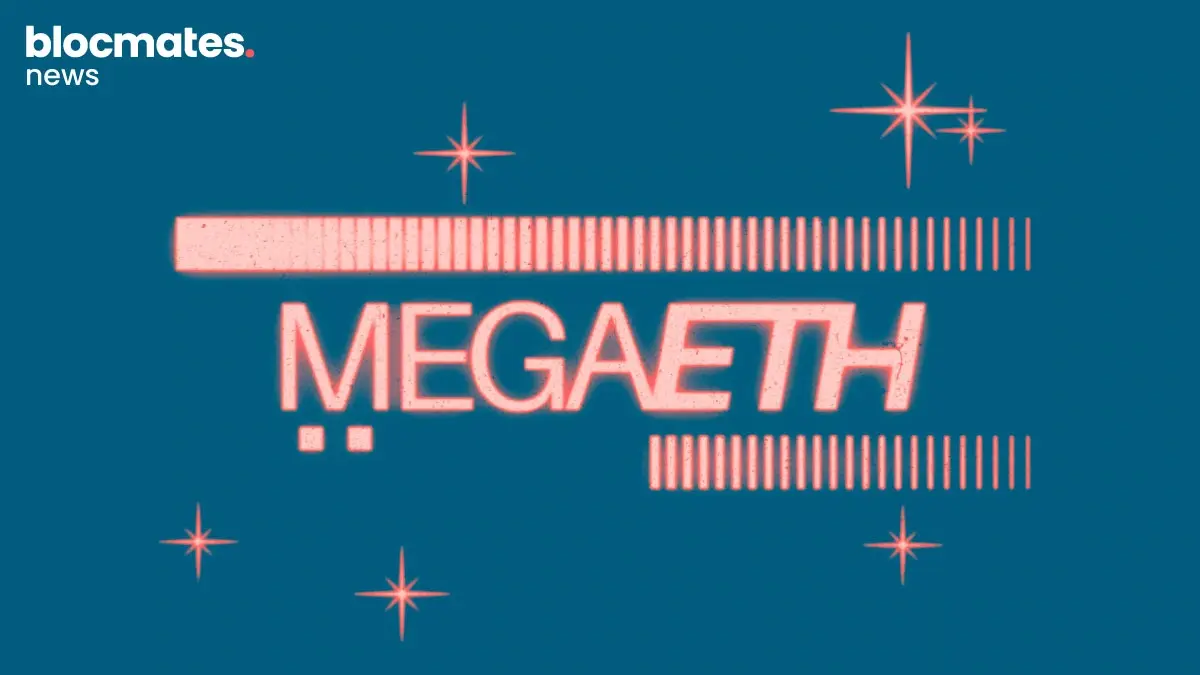

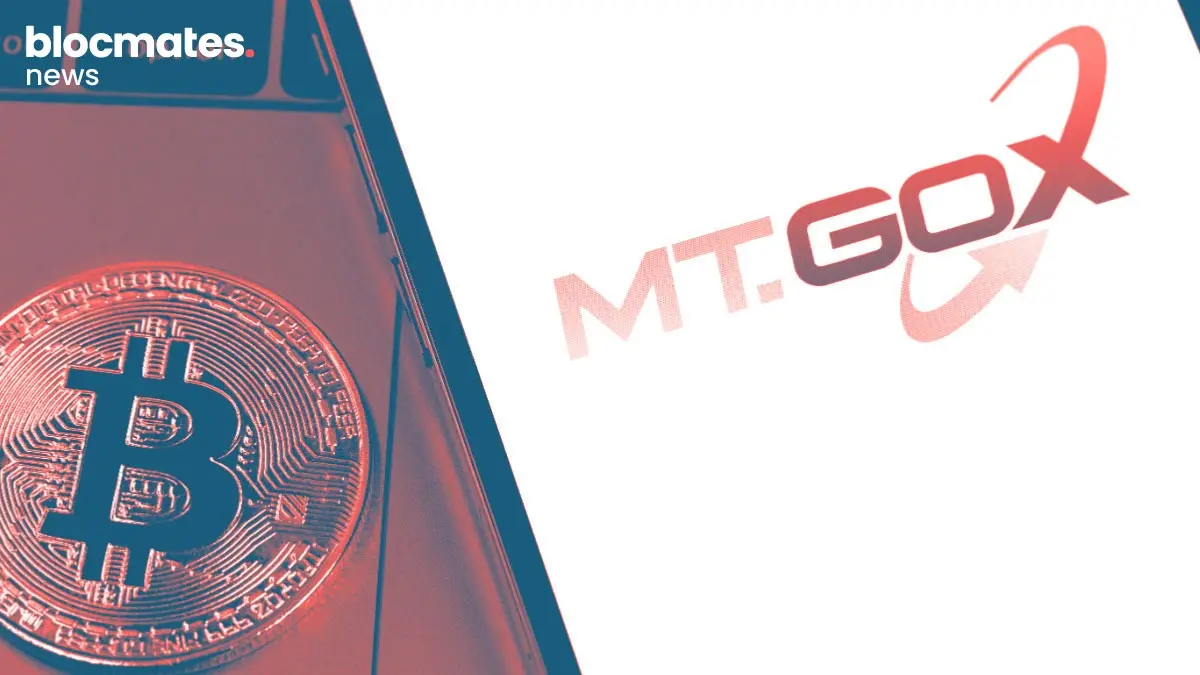

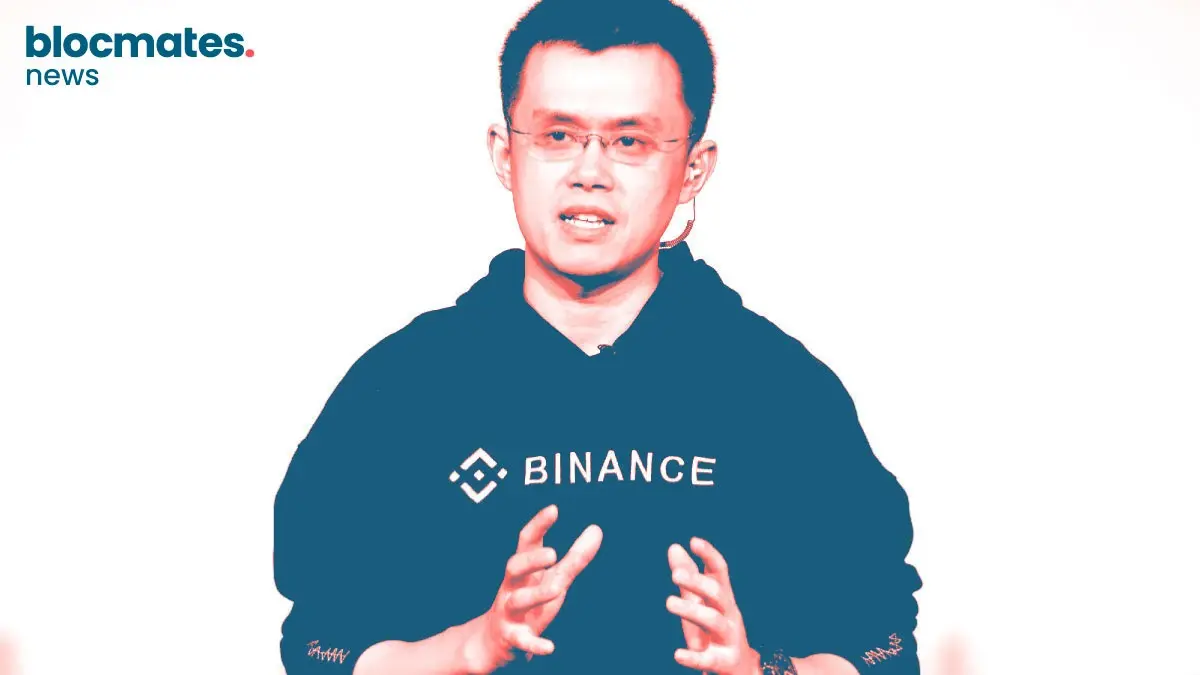




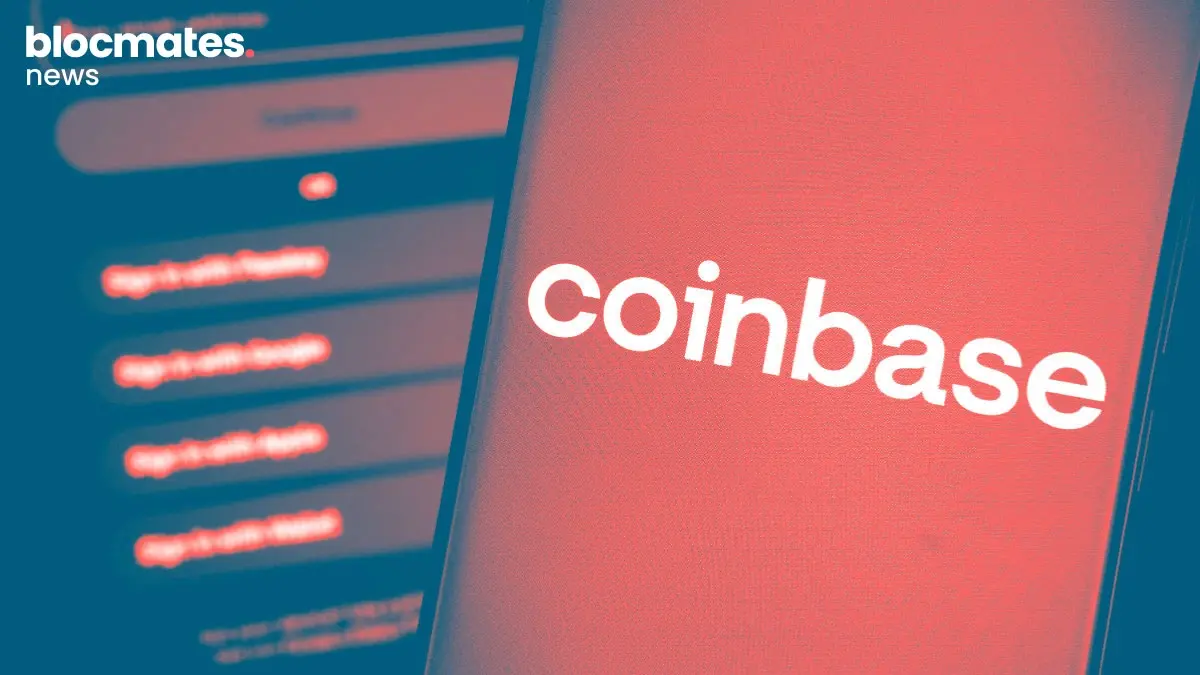
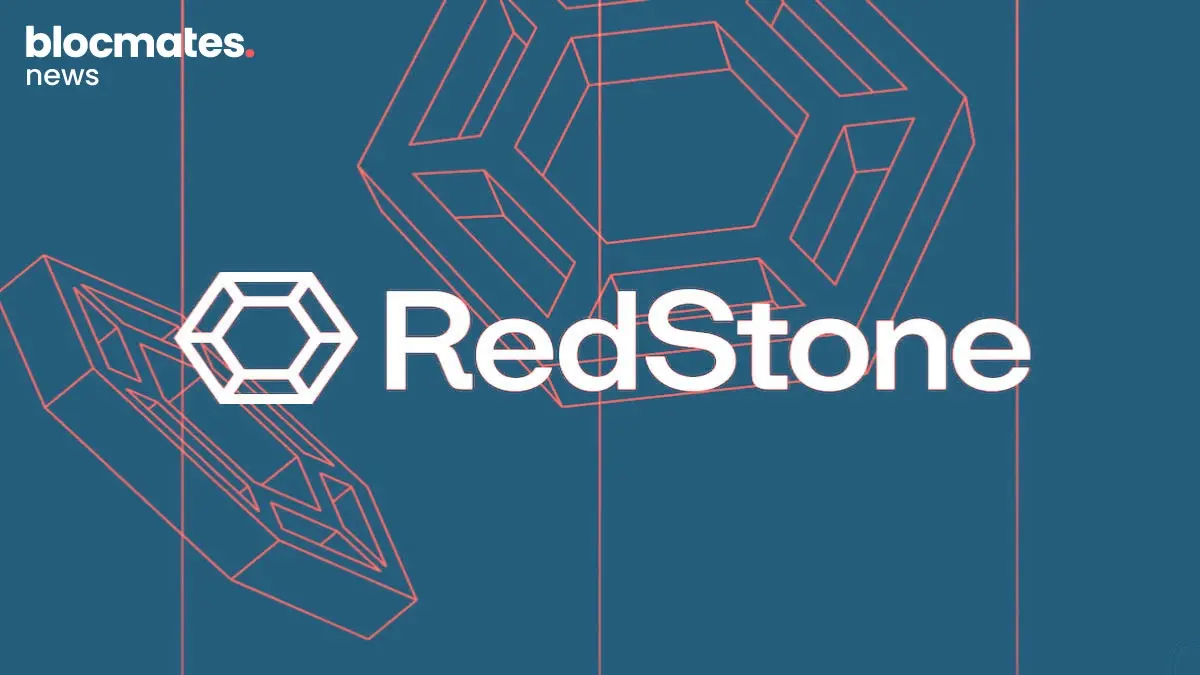
.webp)

.webp)
.webp)

.webp)

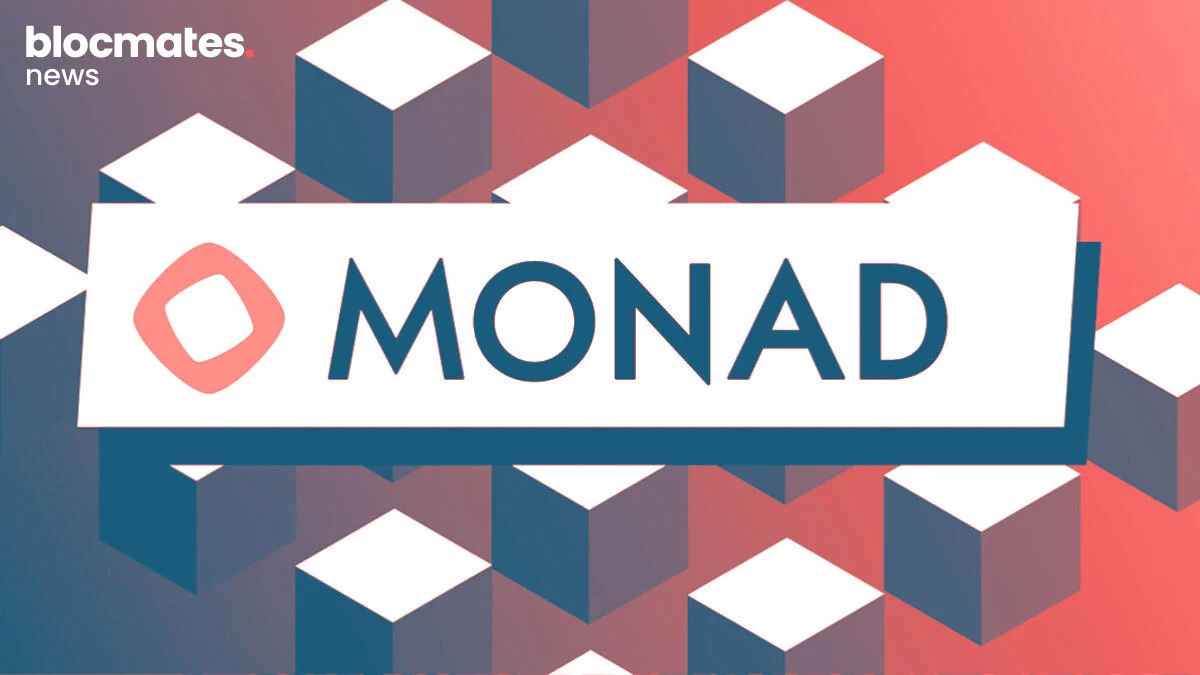

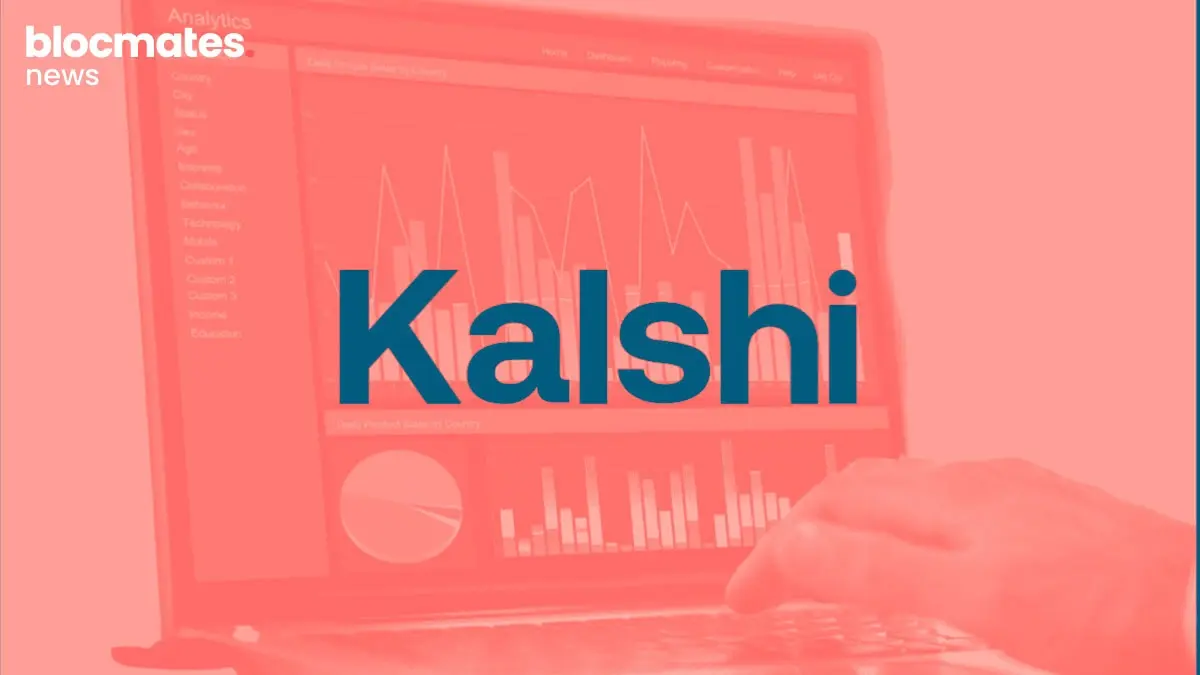
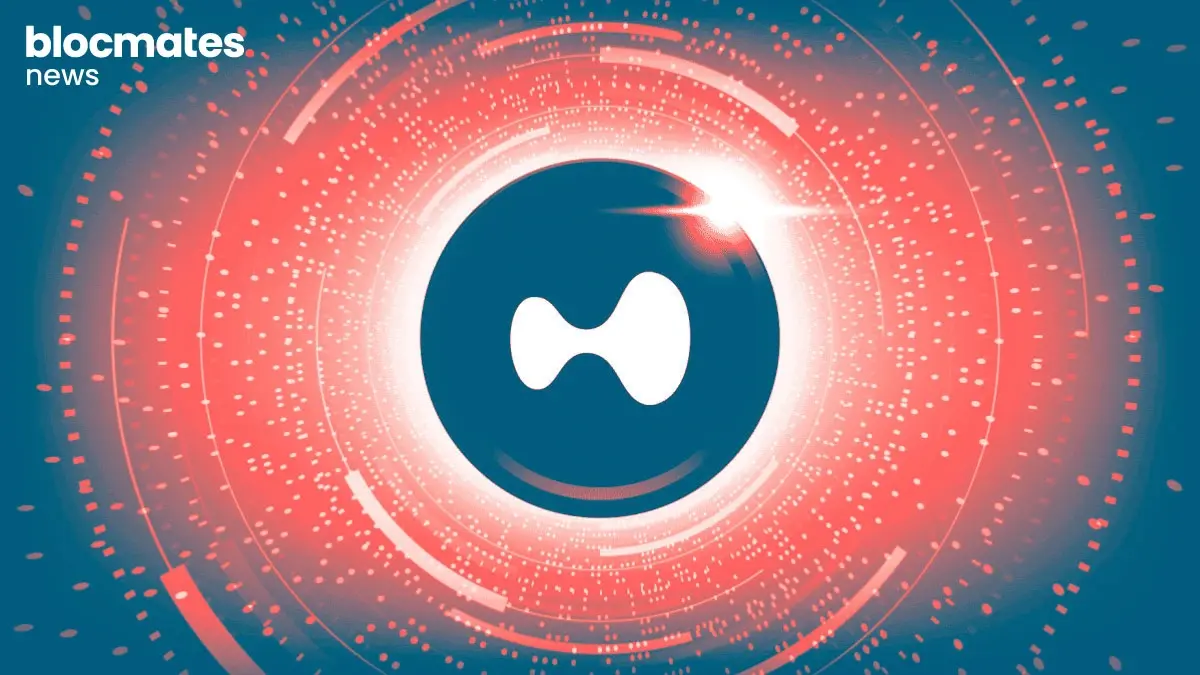





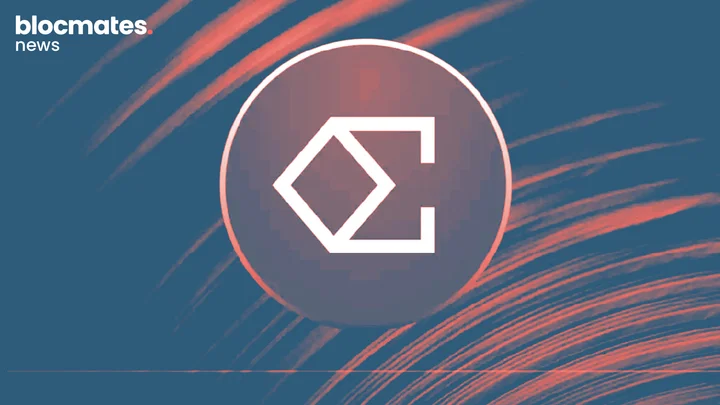


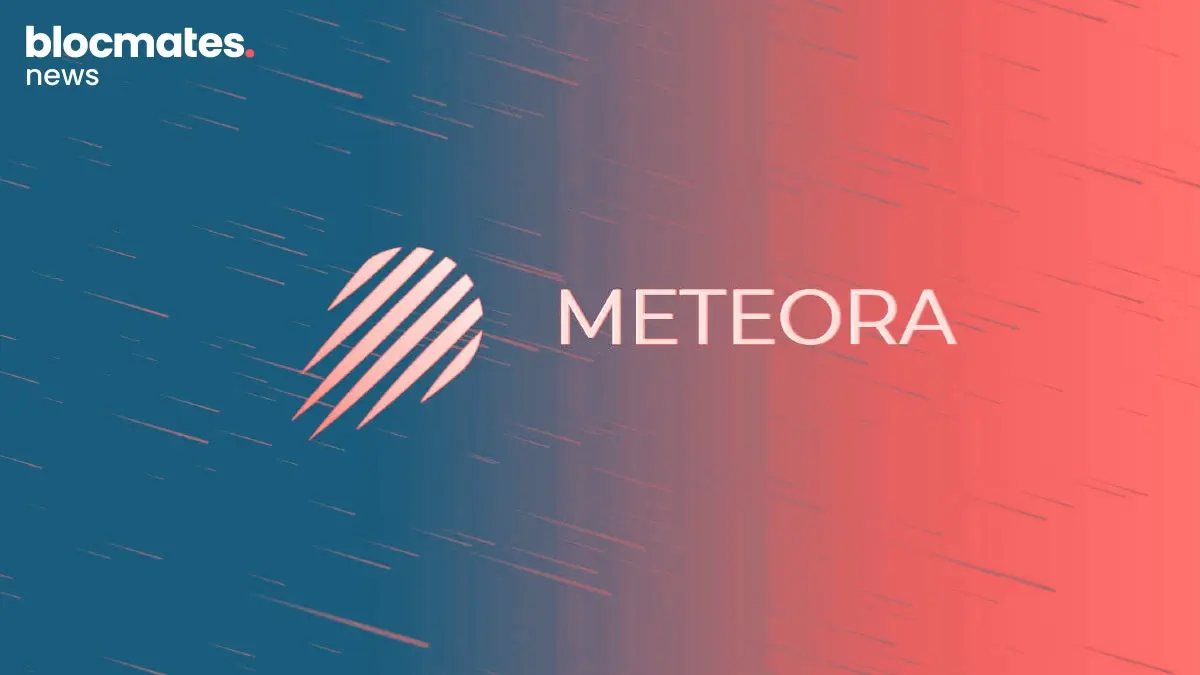
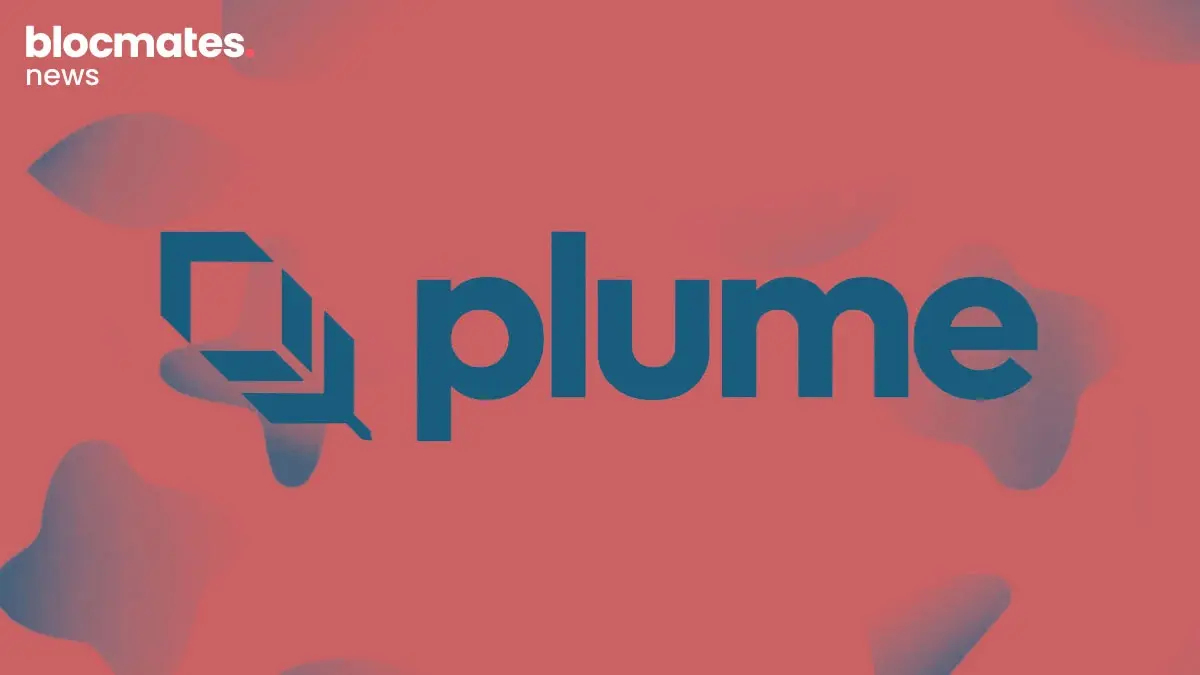

.webp)

.webp)

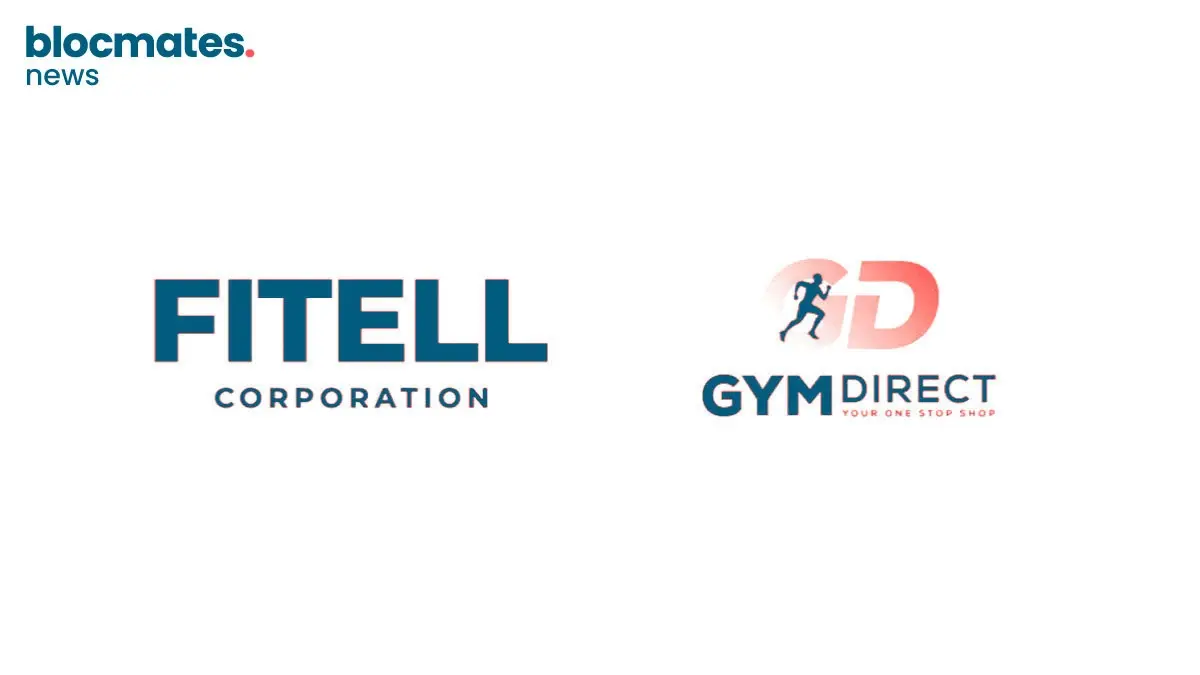
.webp)

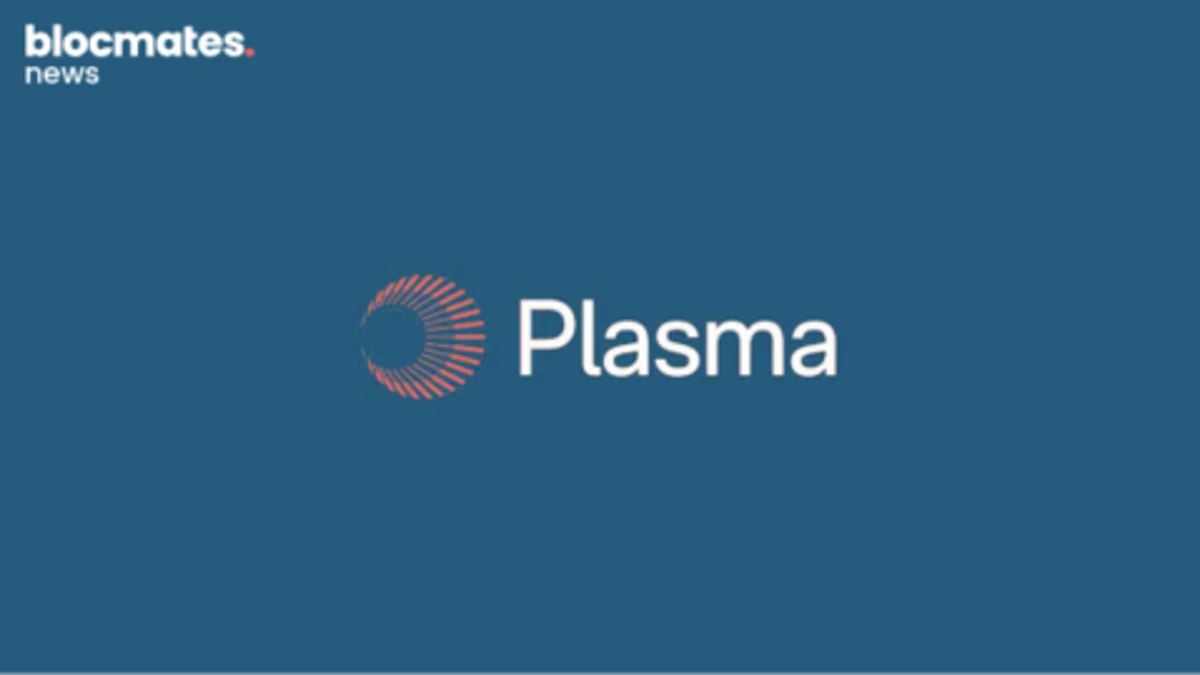


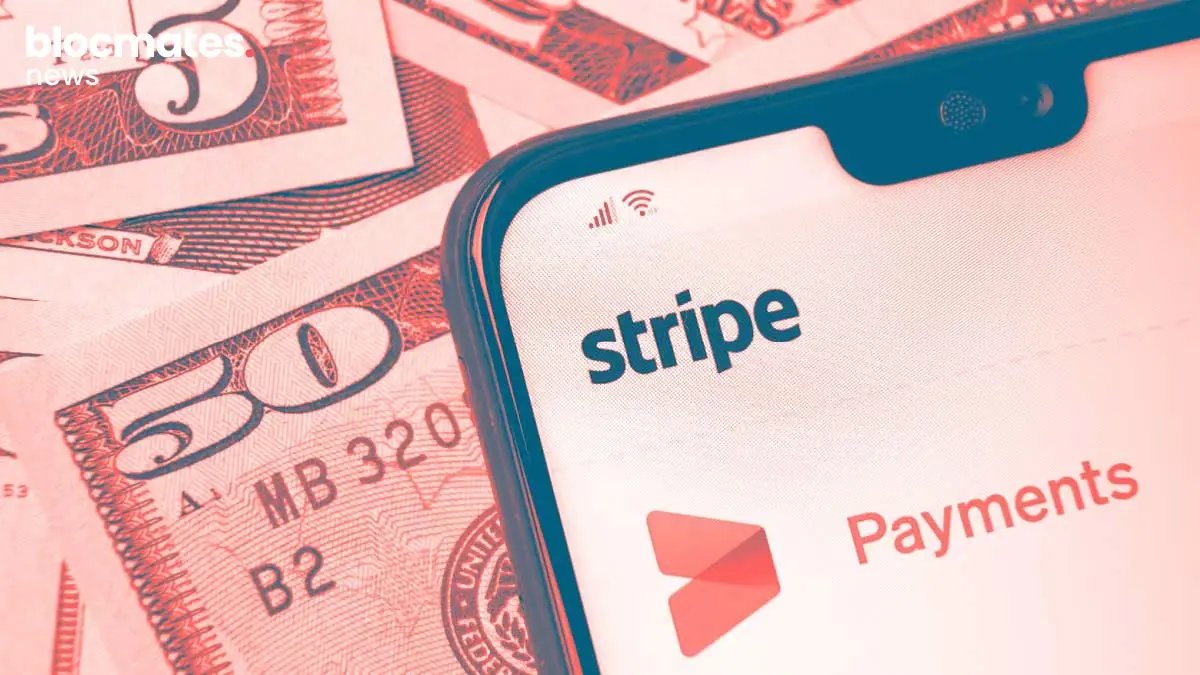
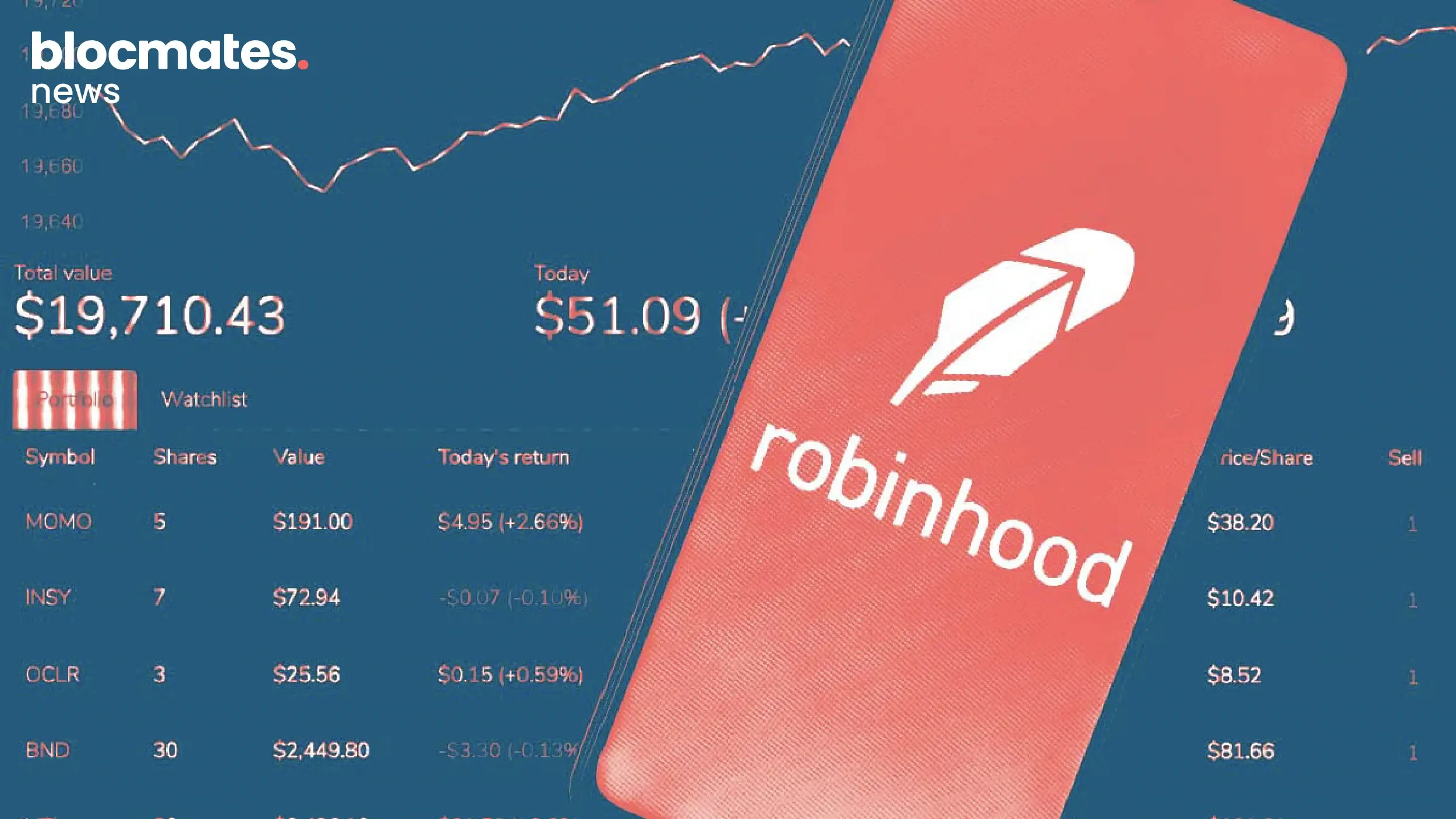


.webp)
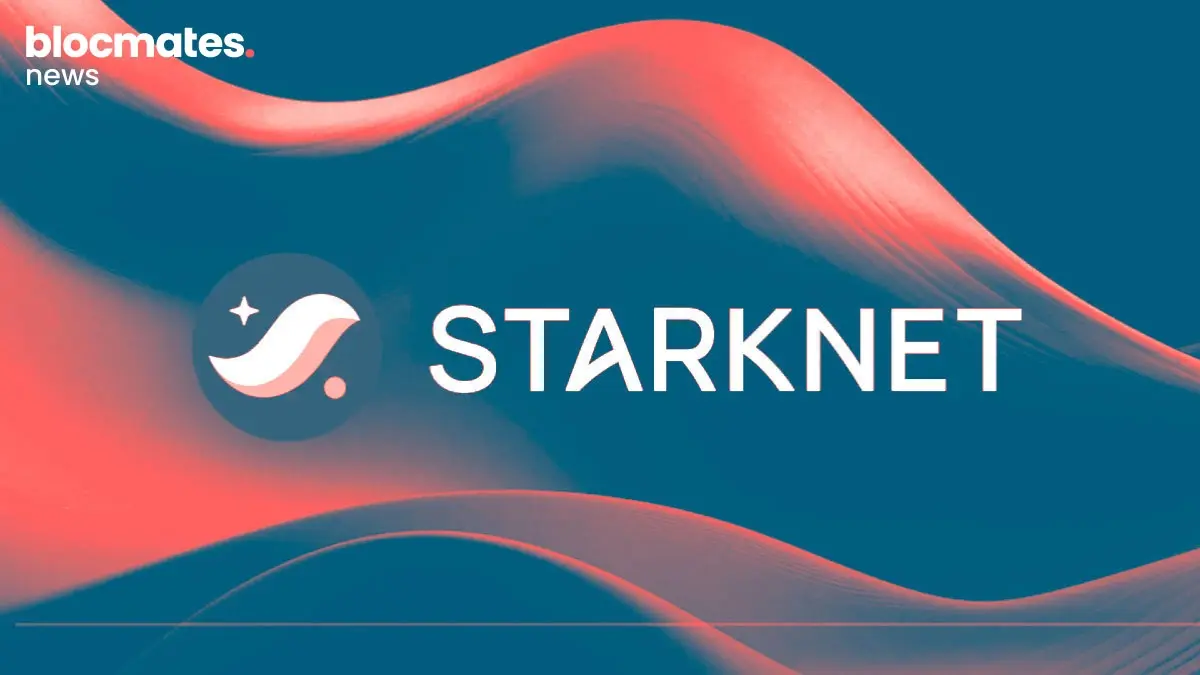




.webp)




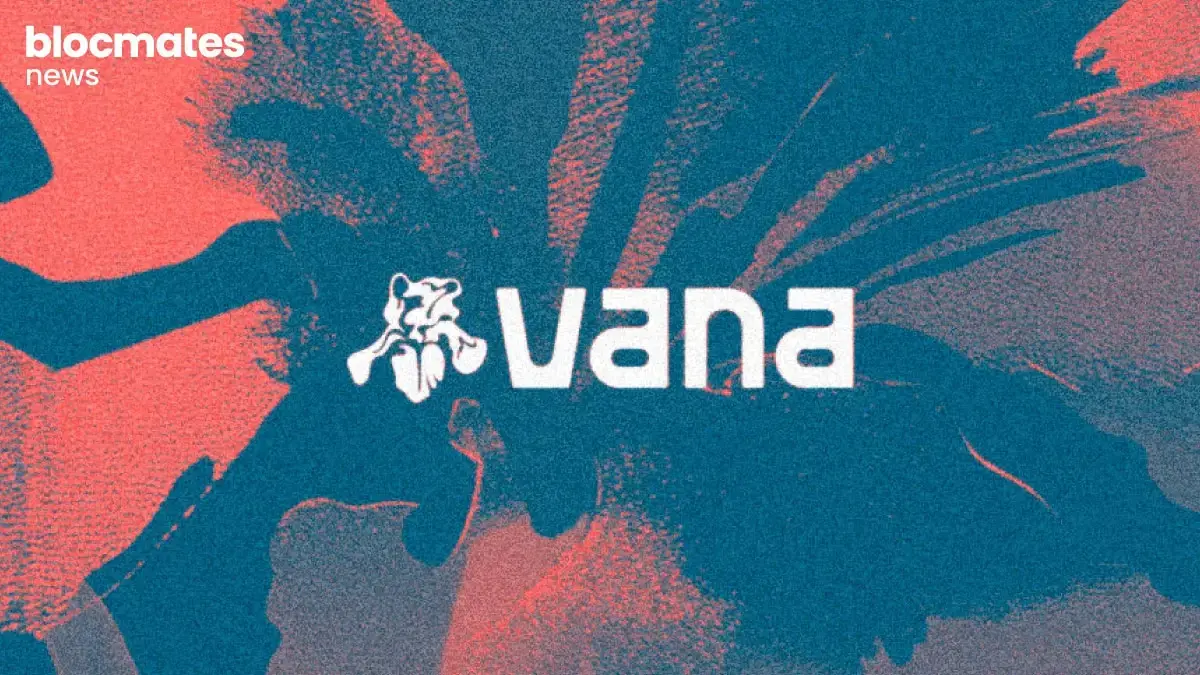
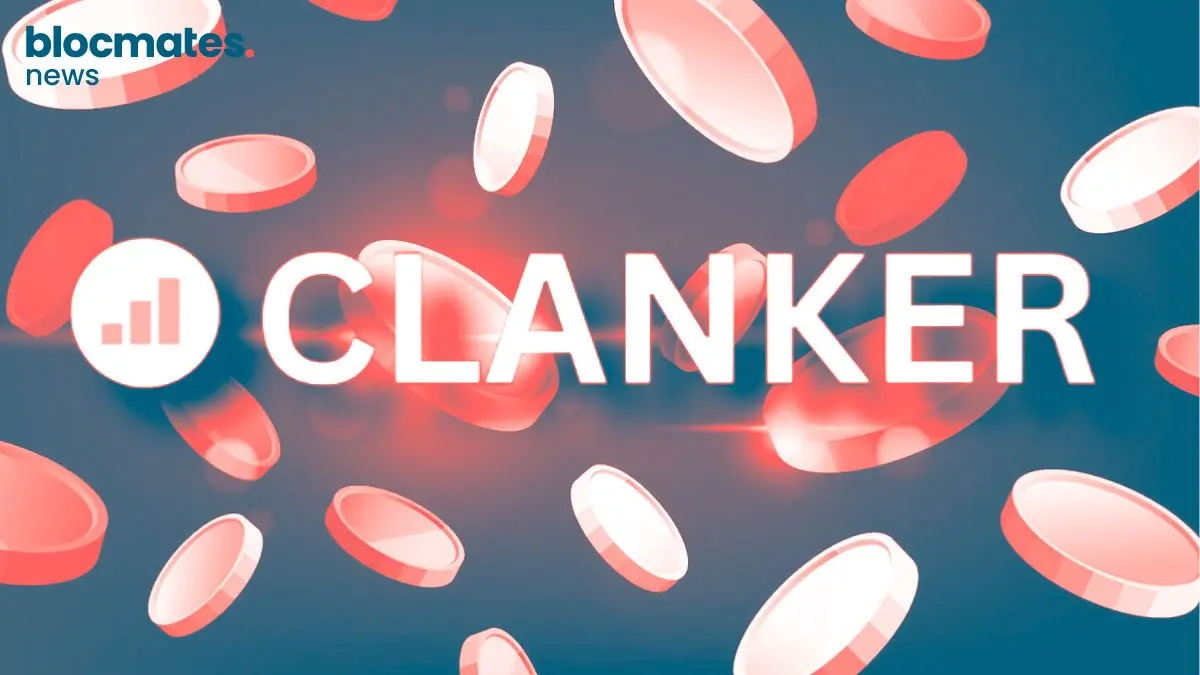


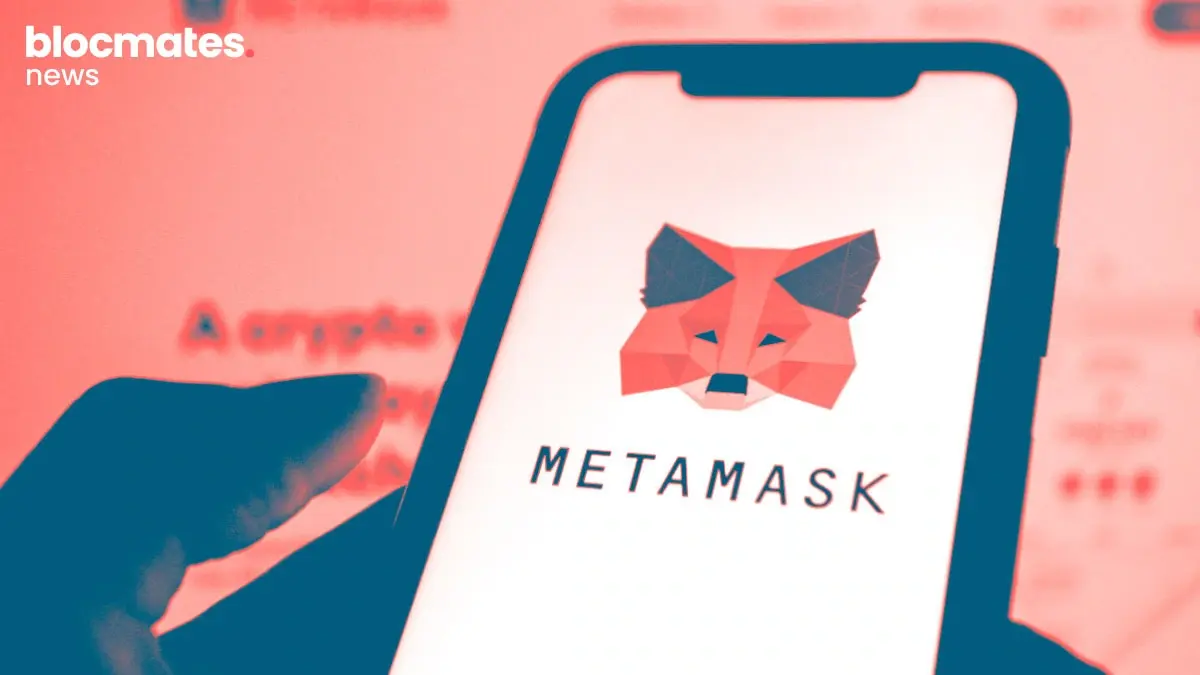
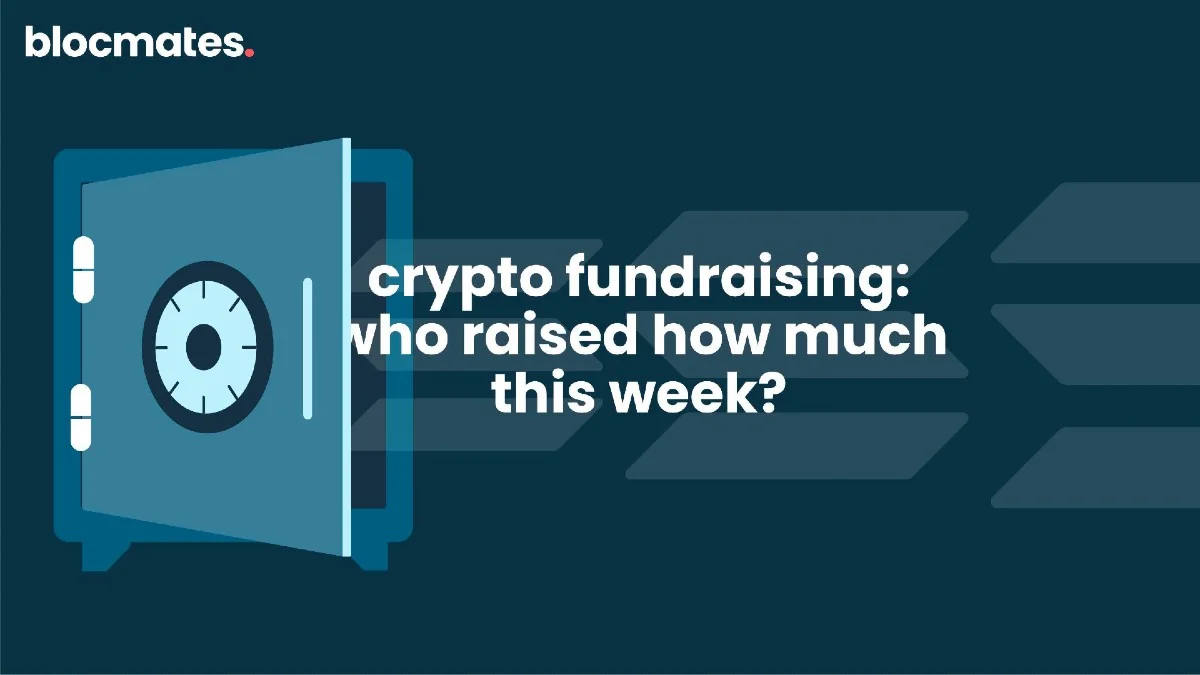
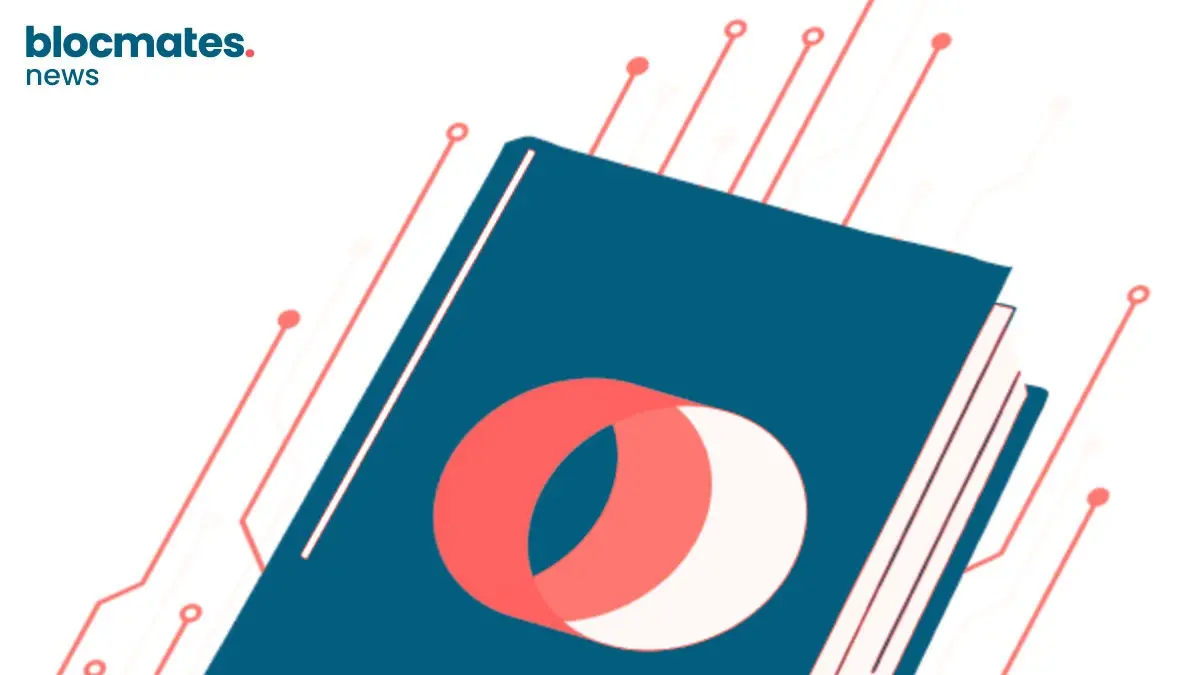

.webp)





